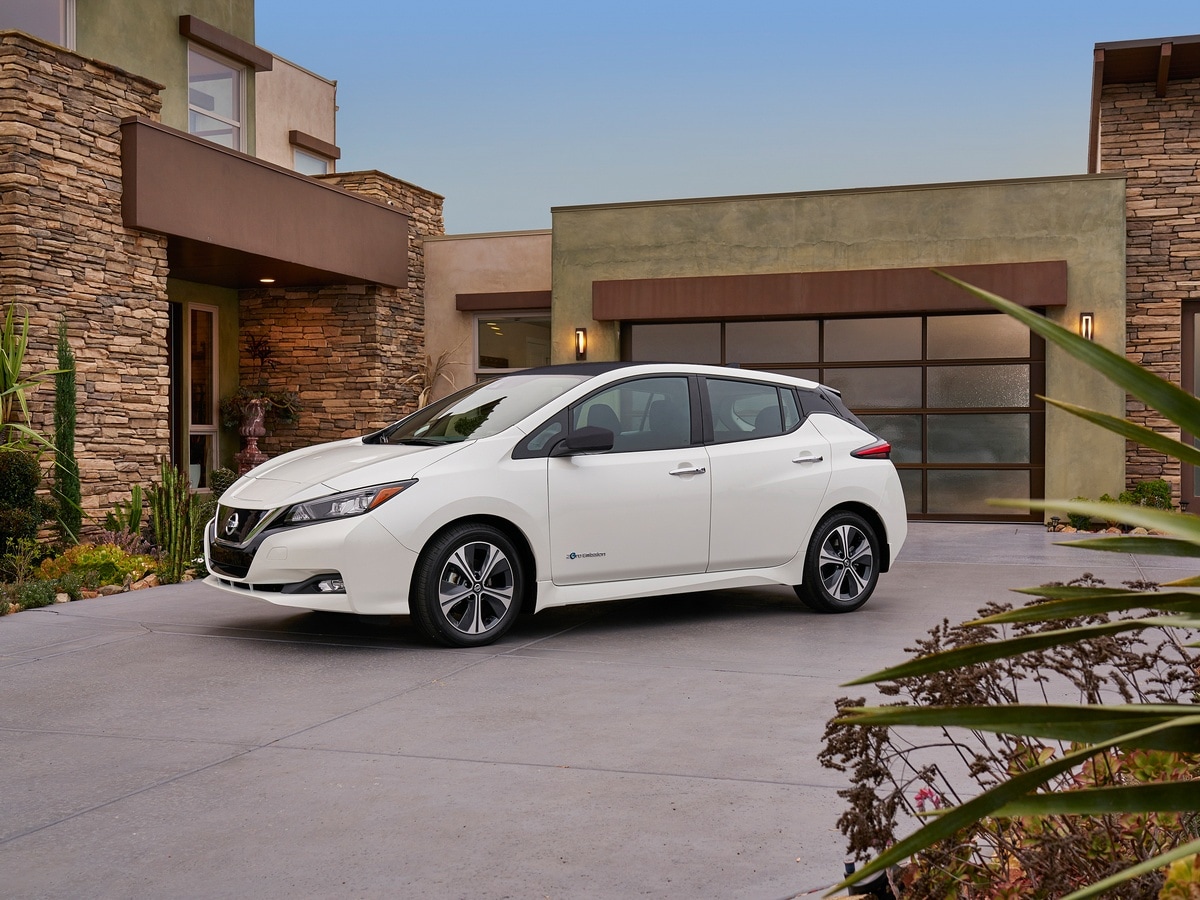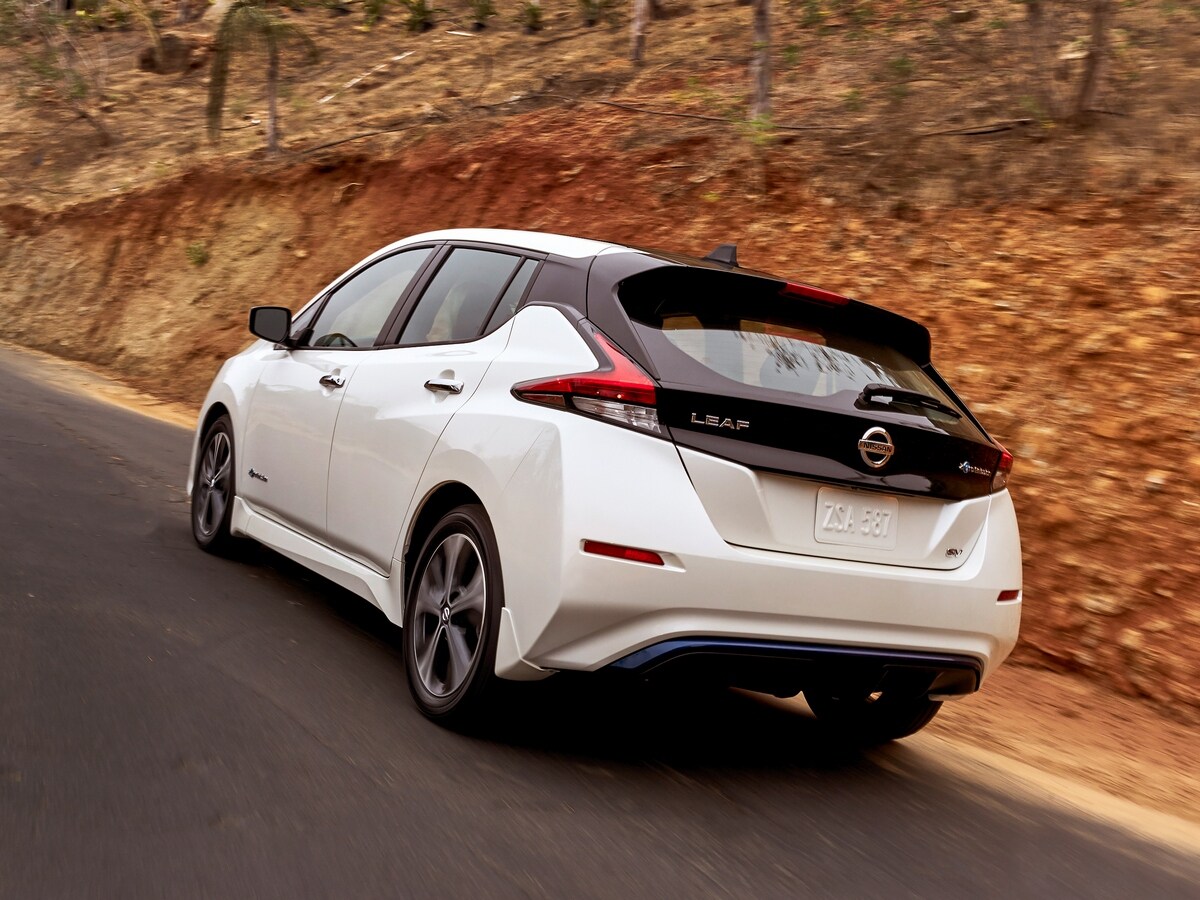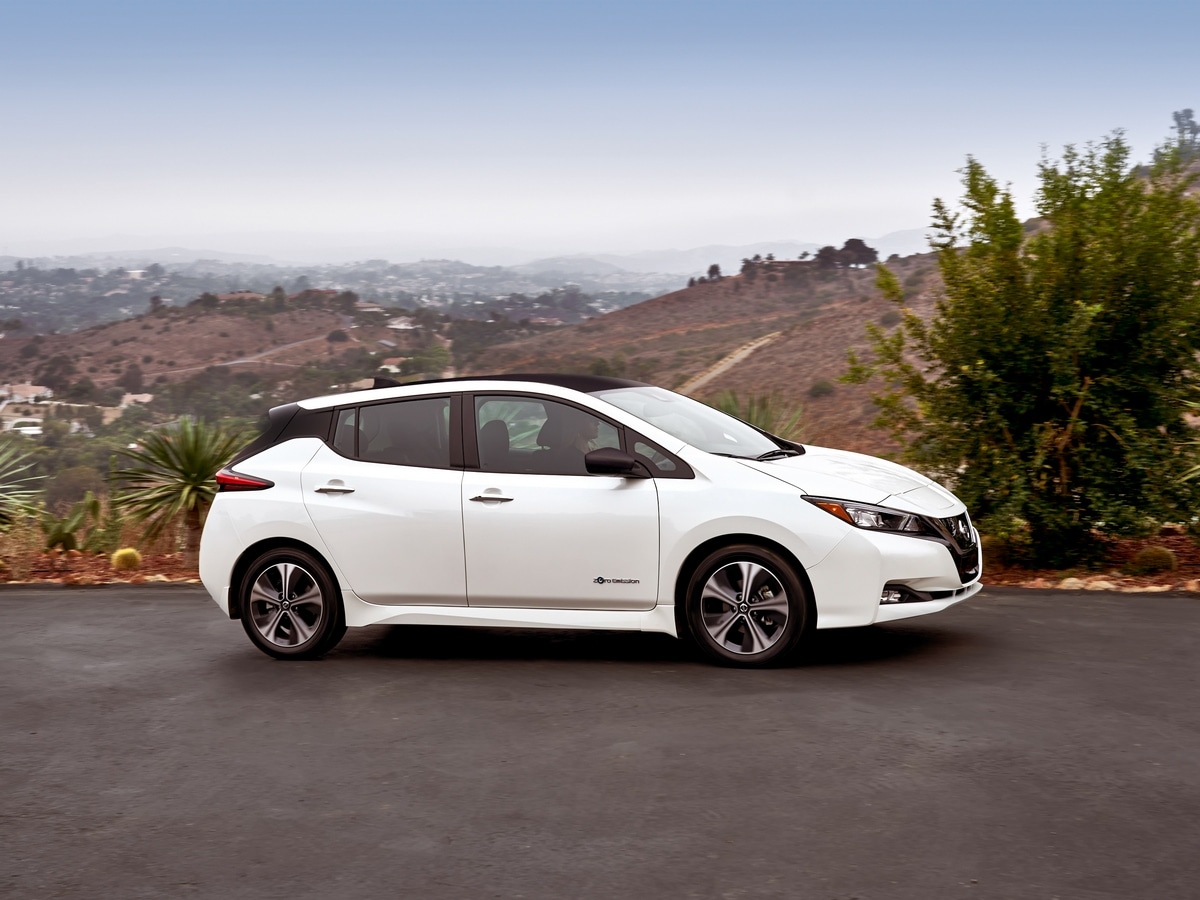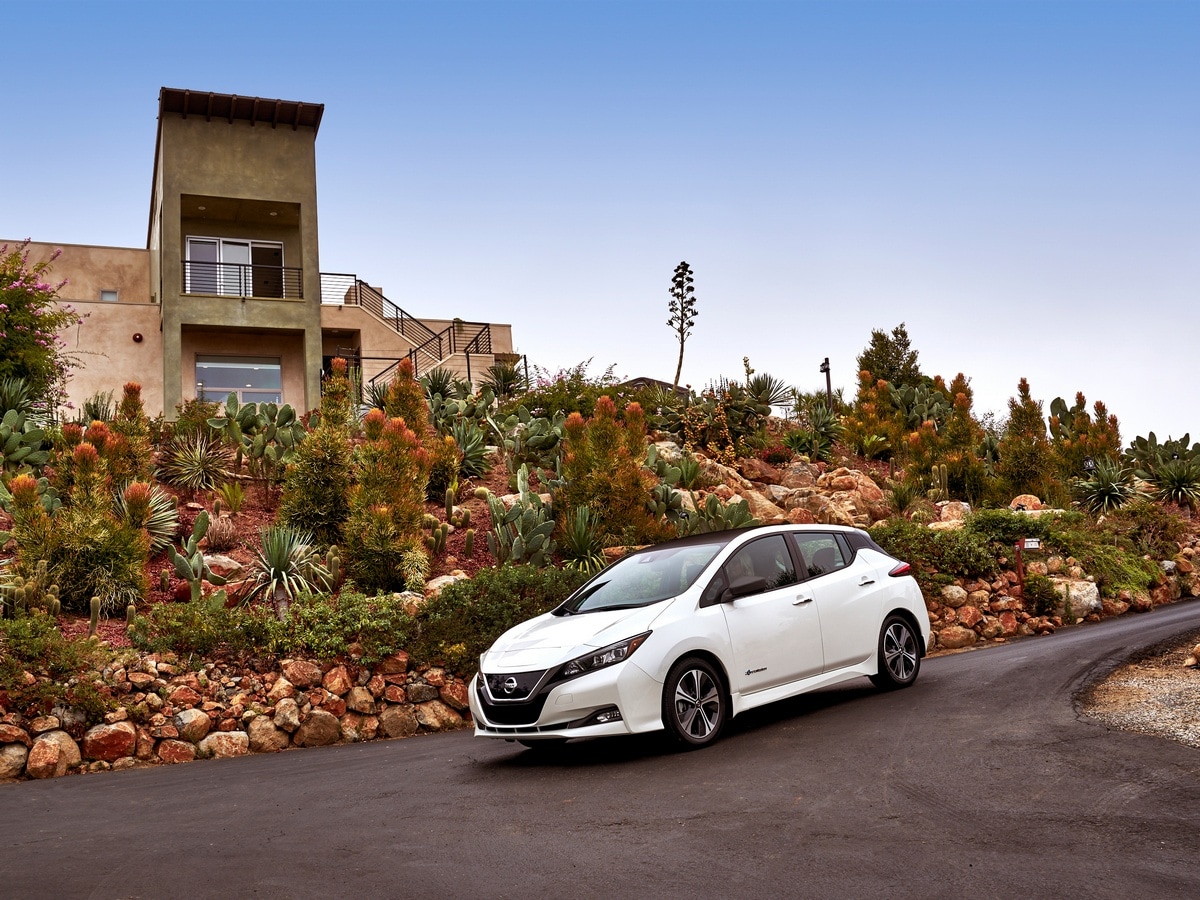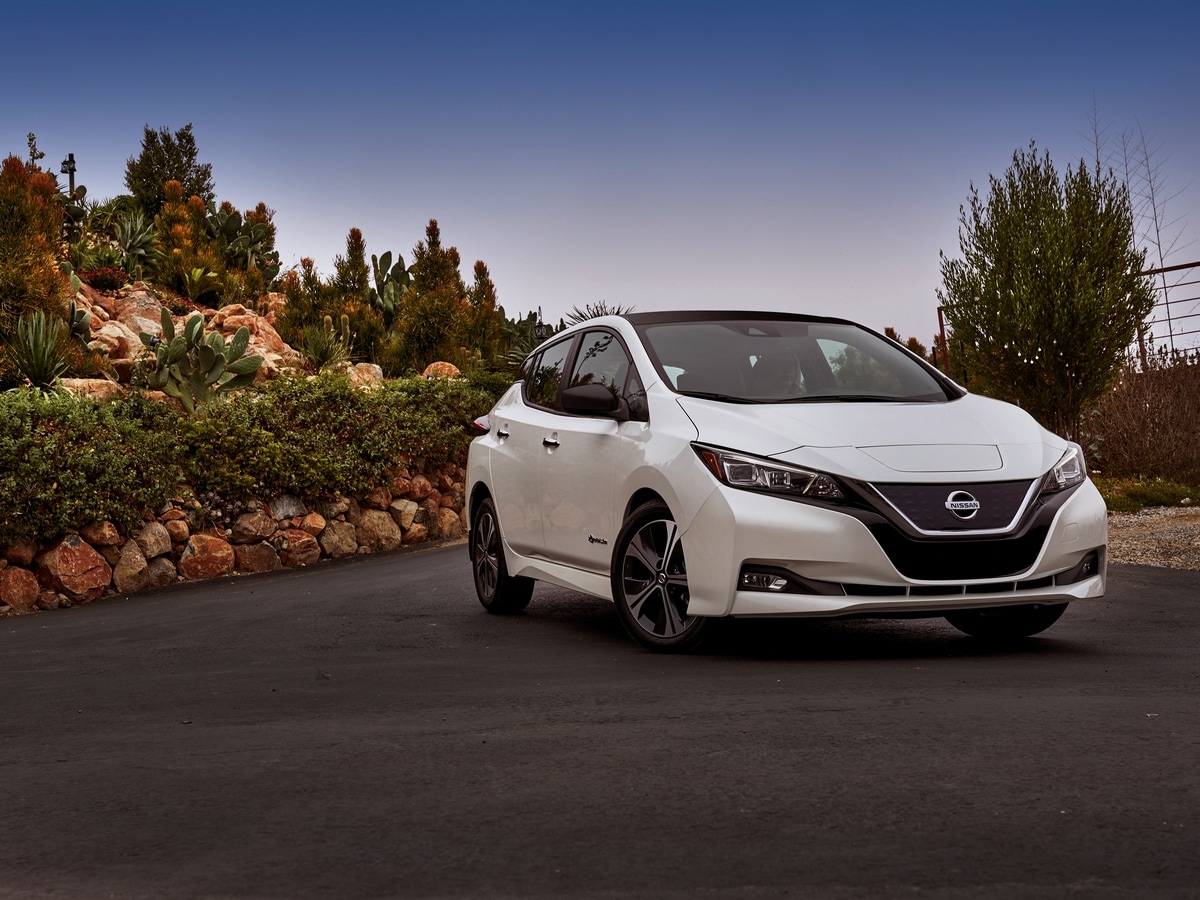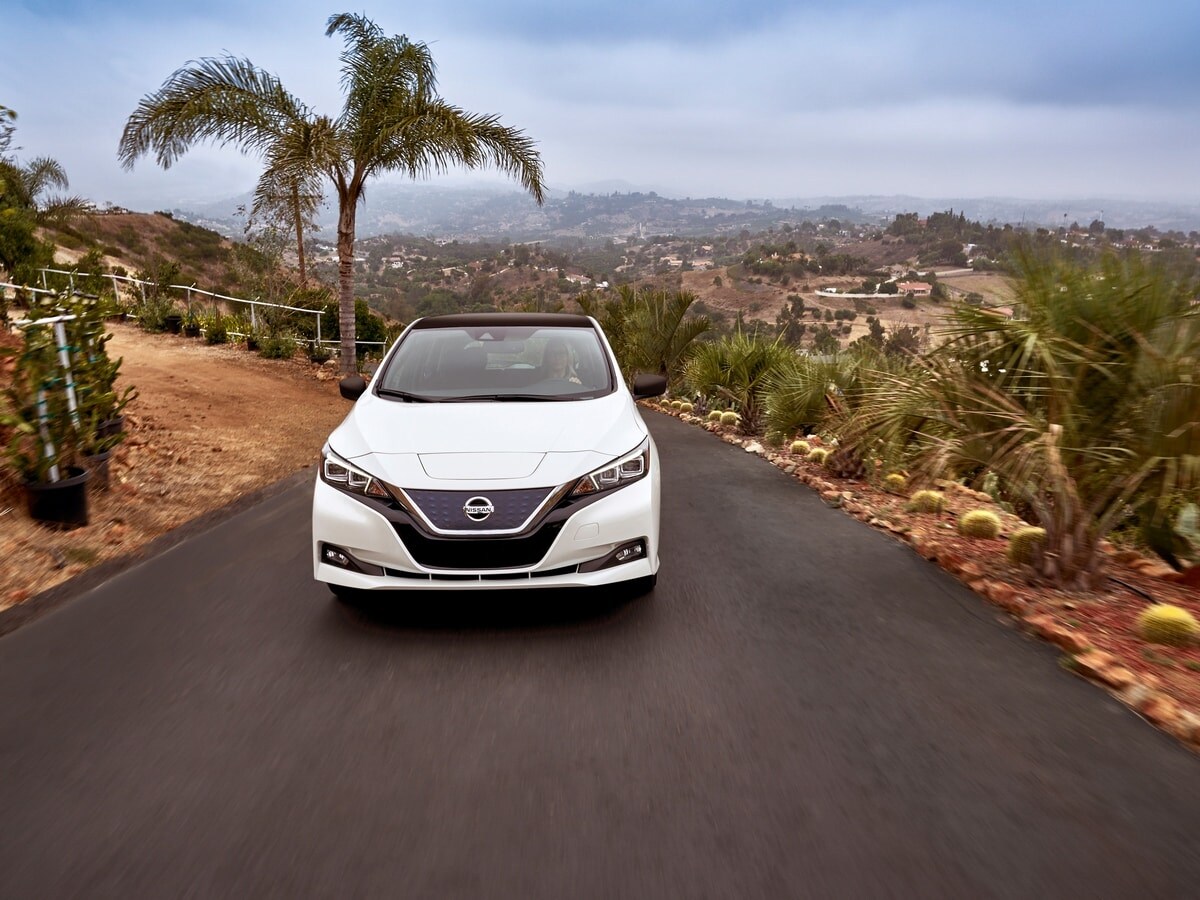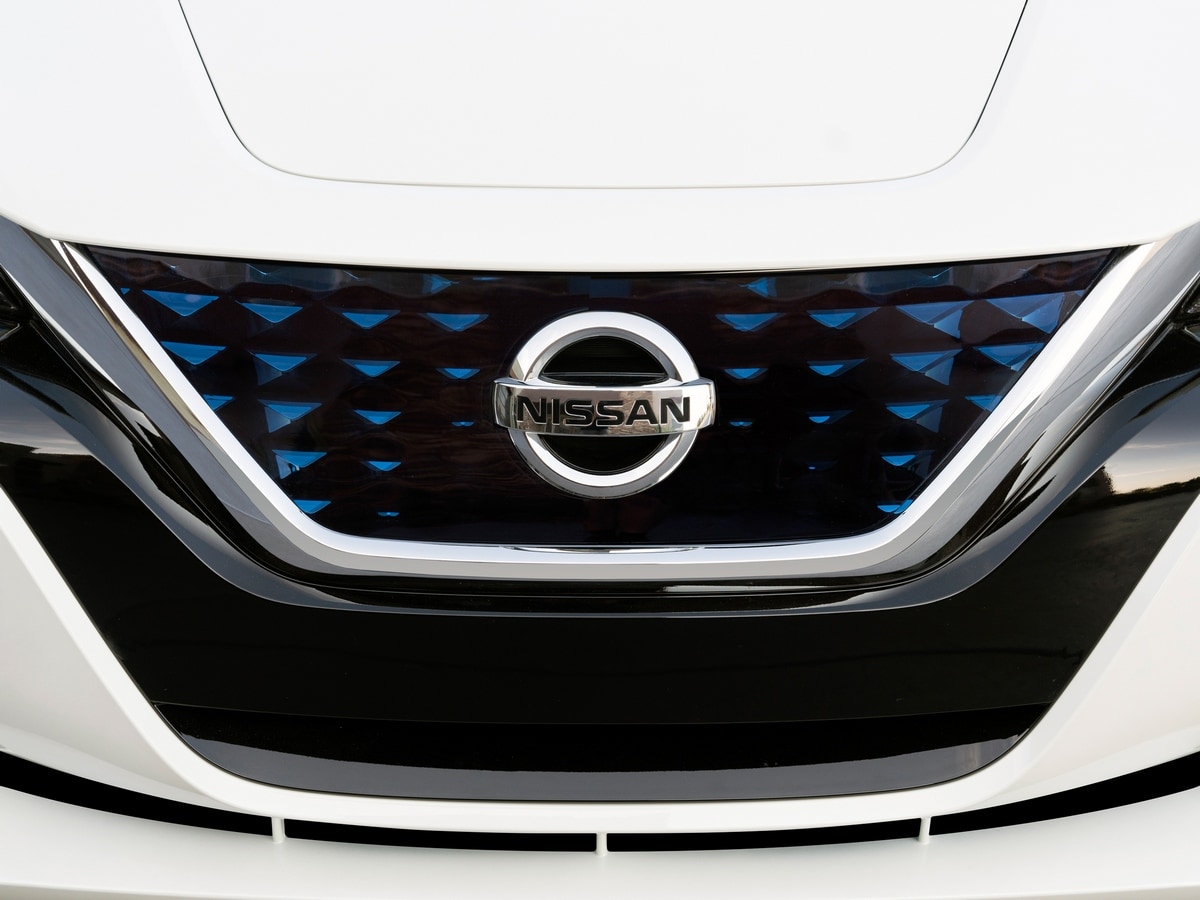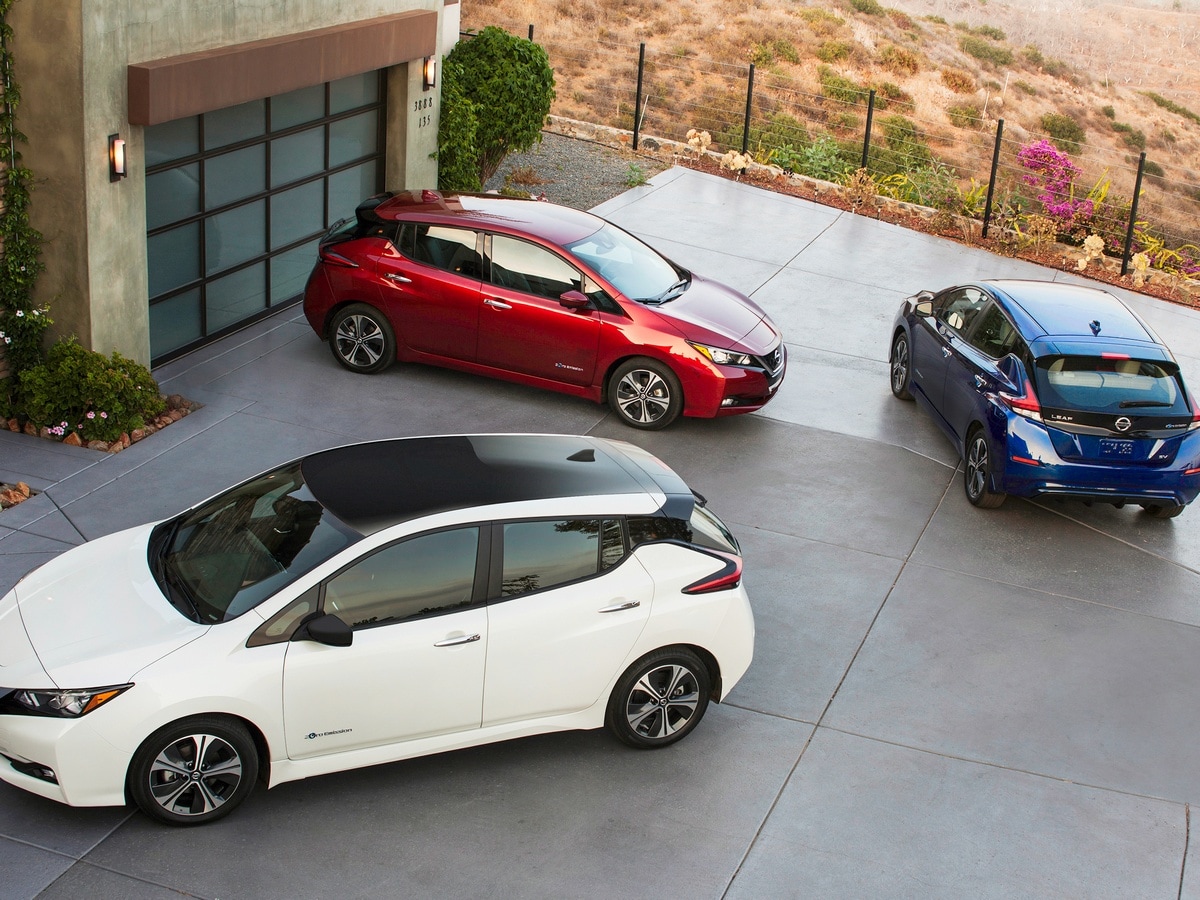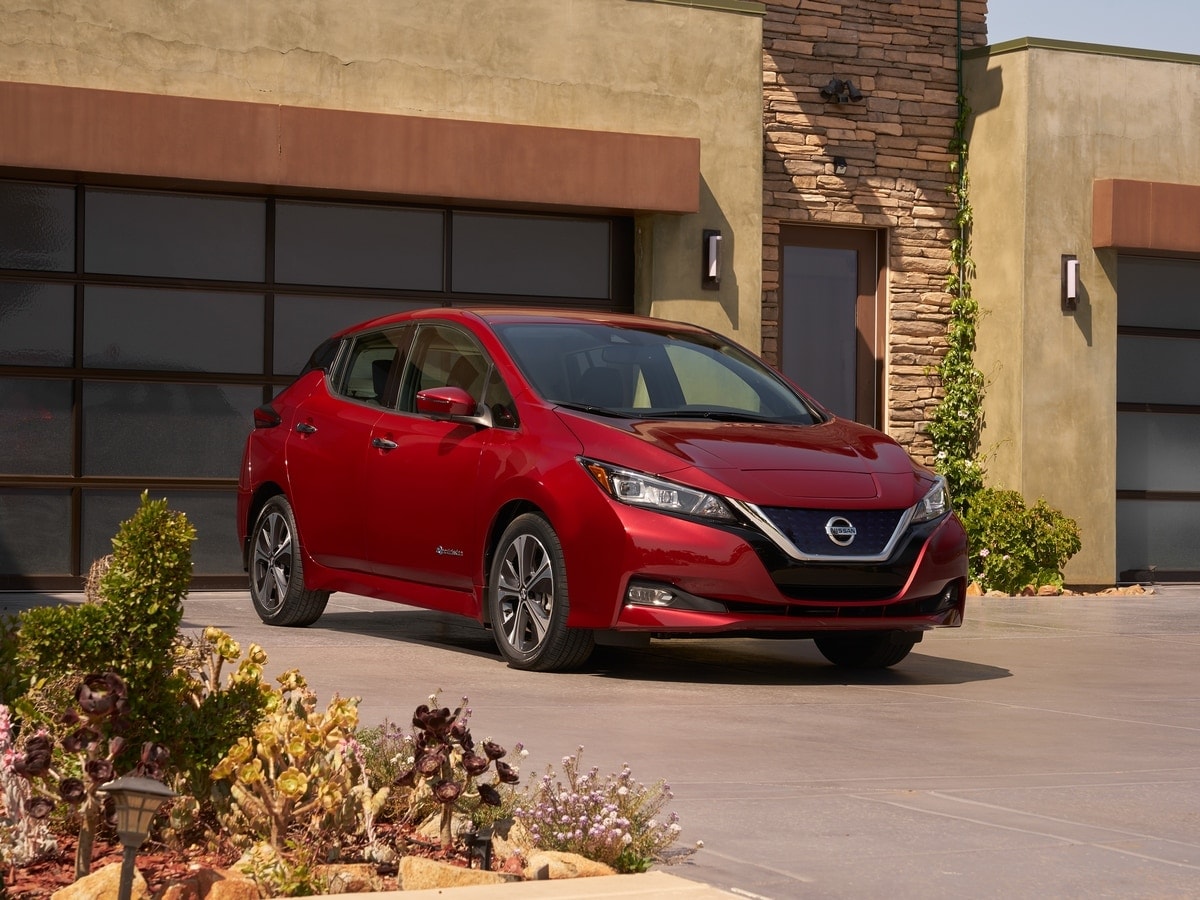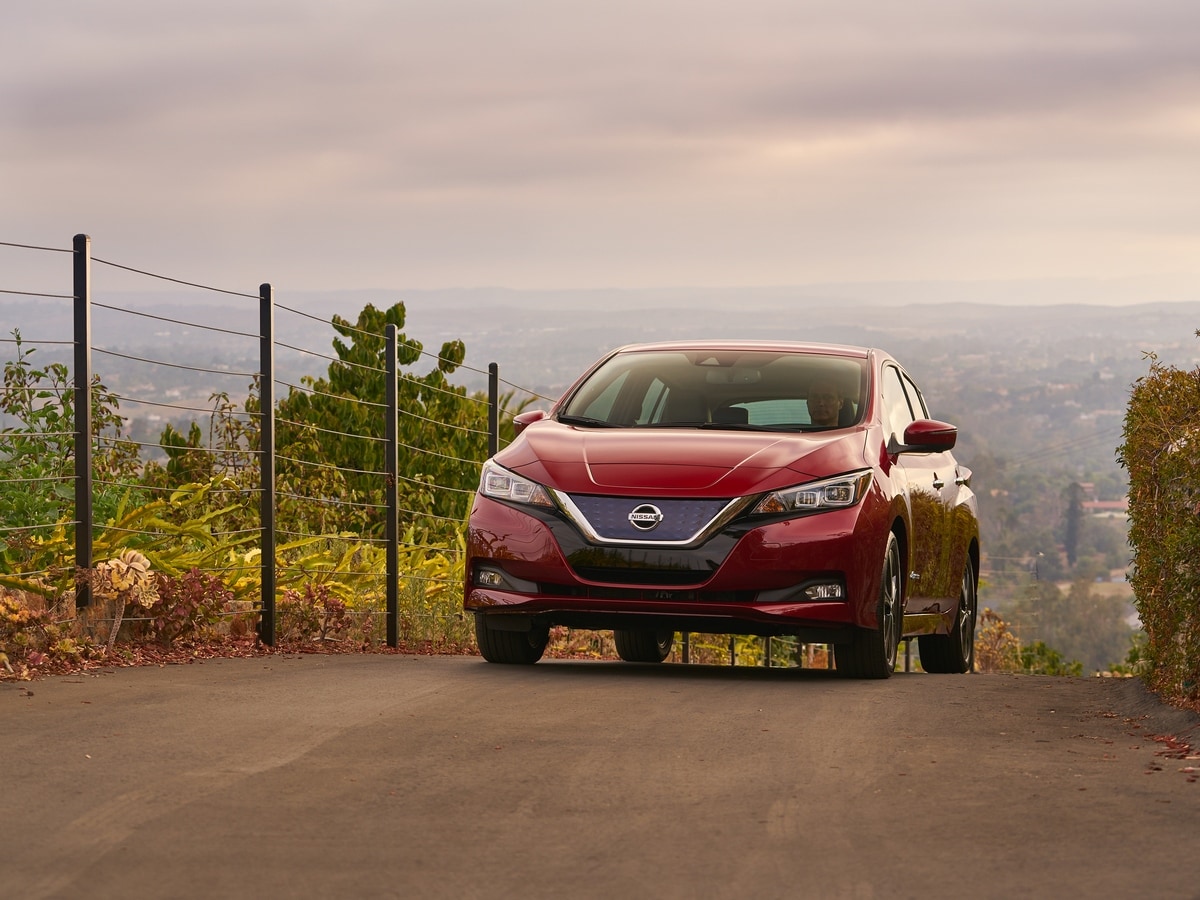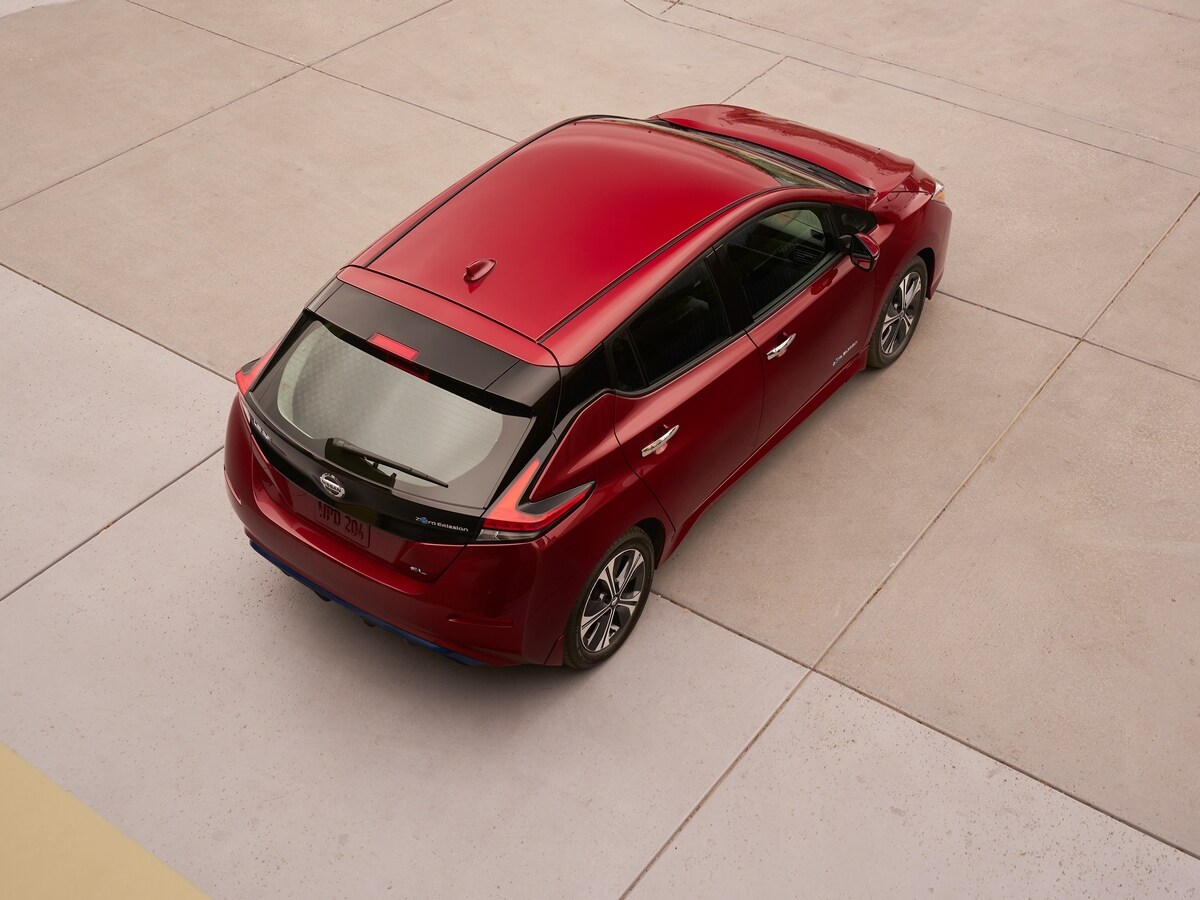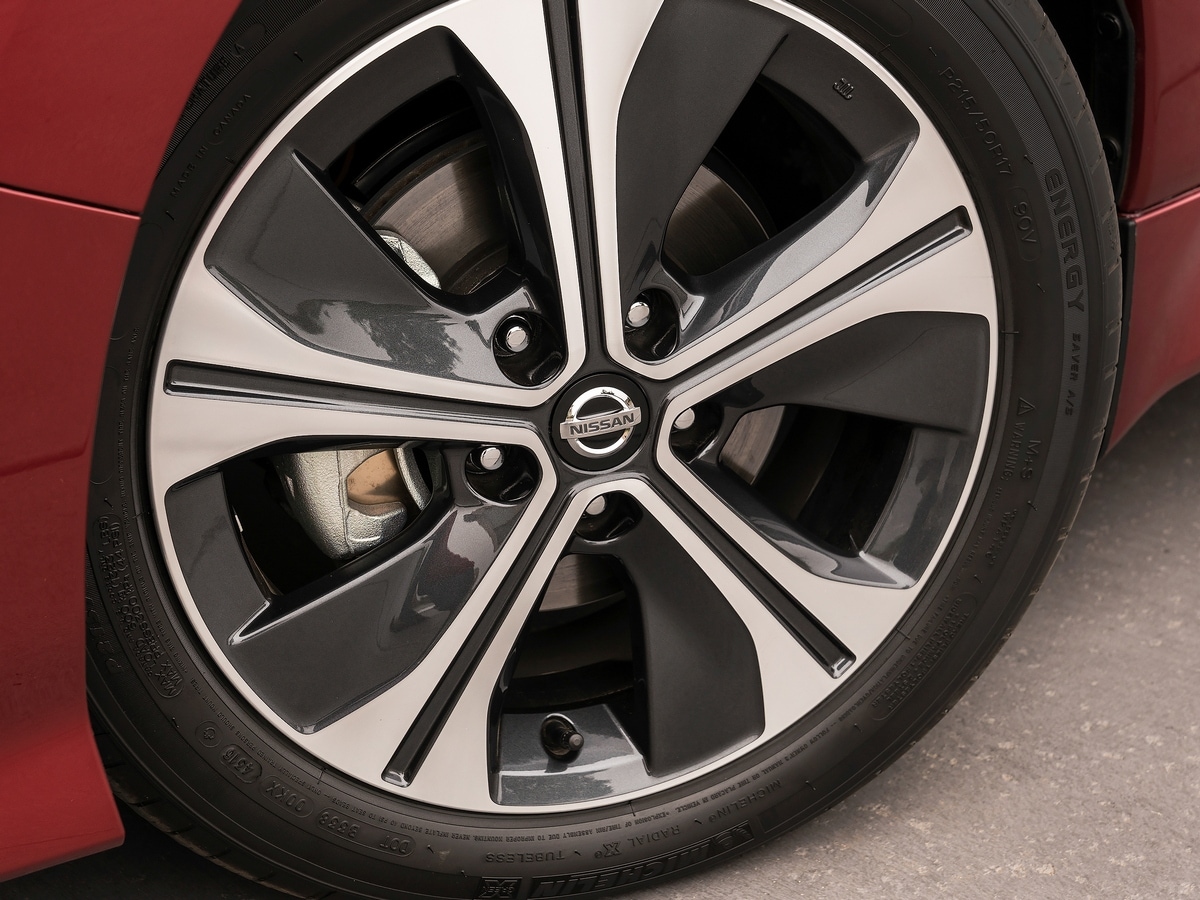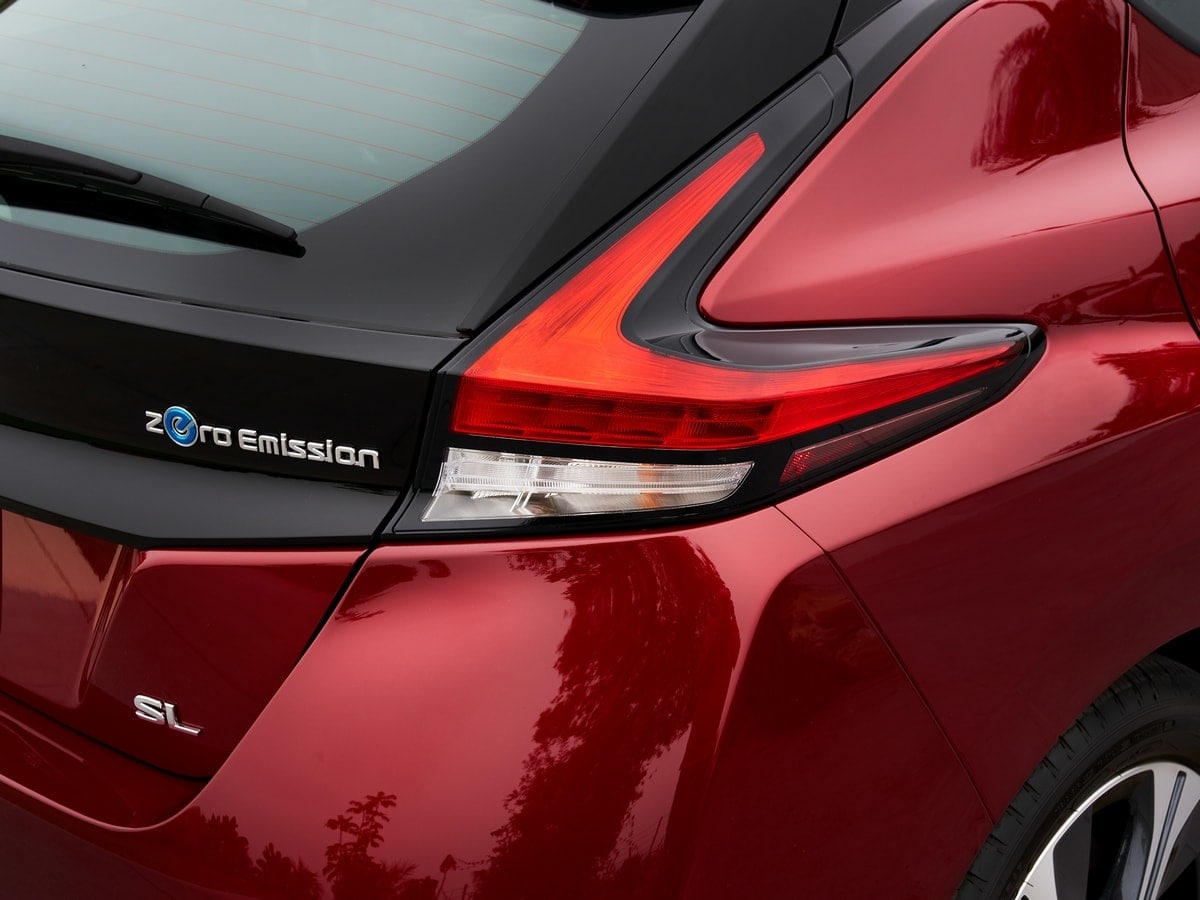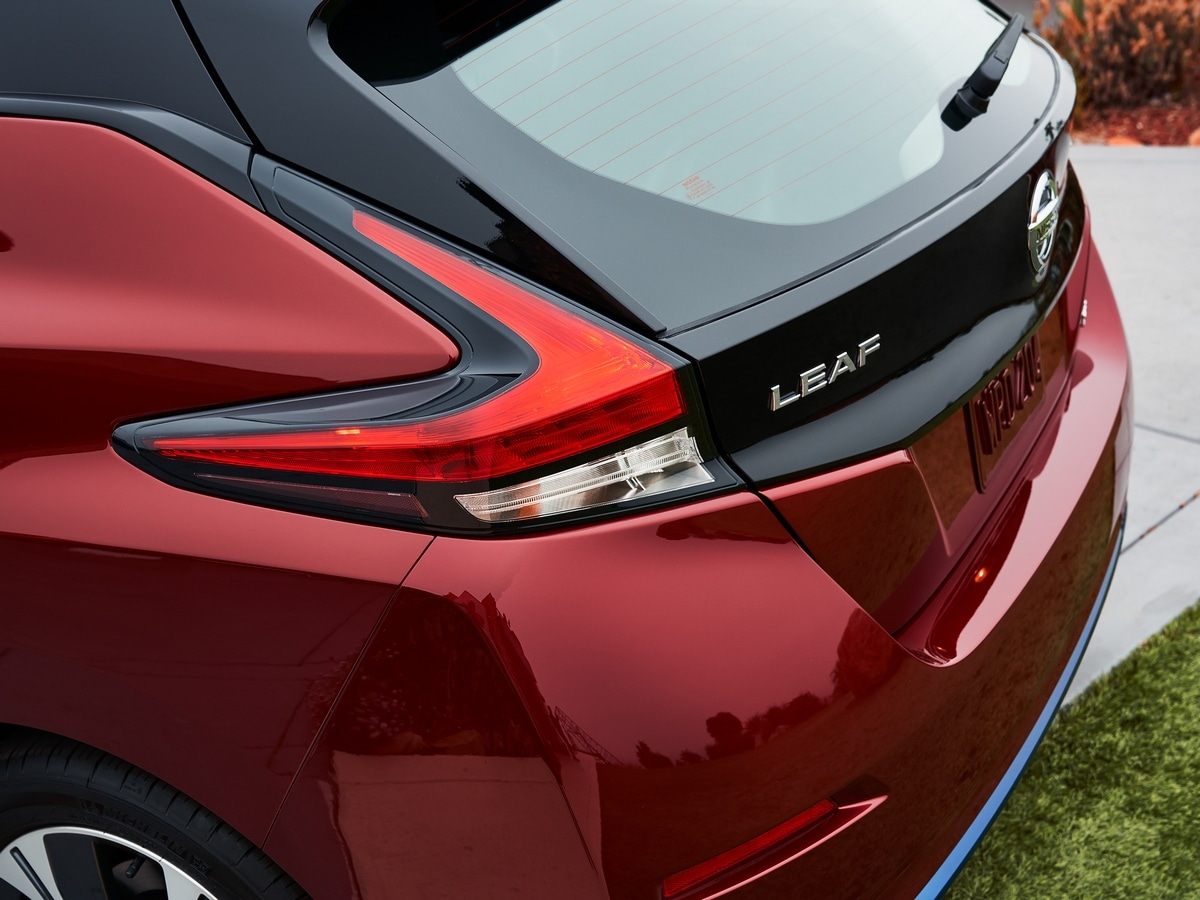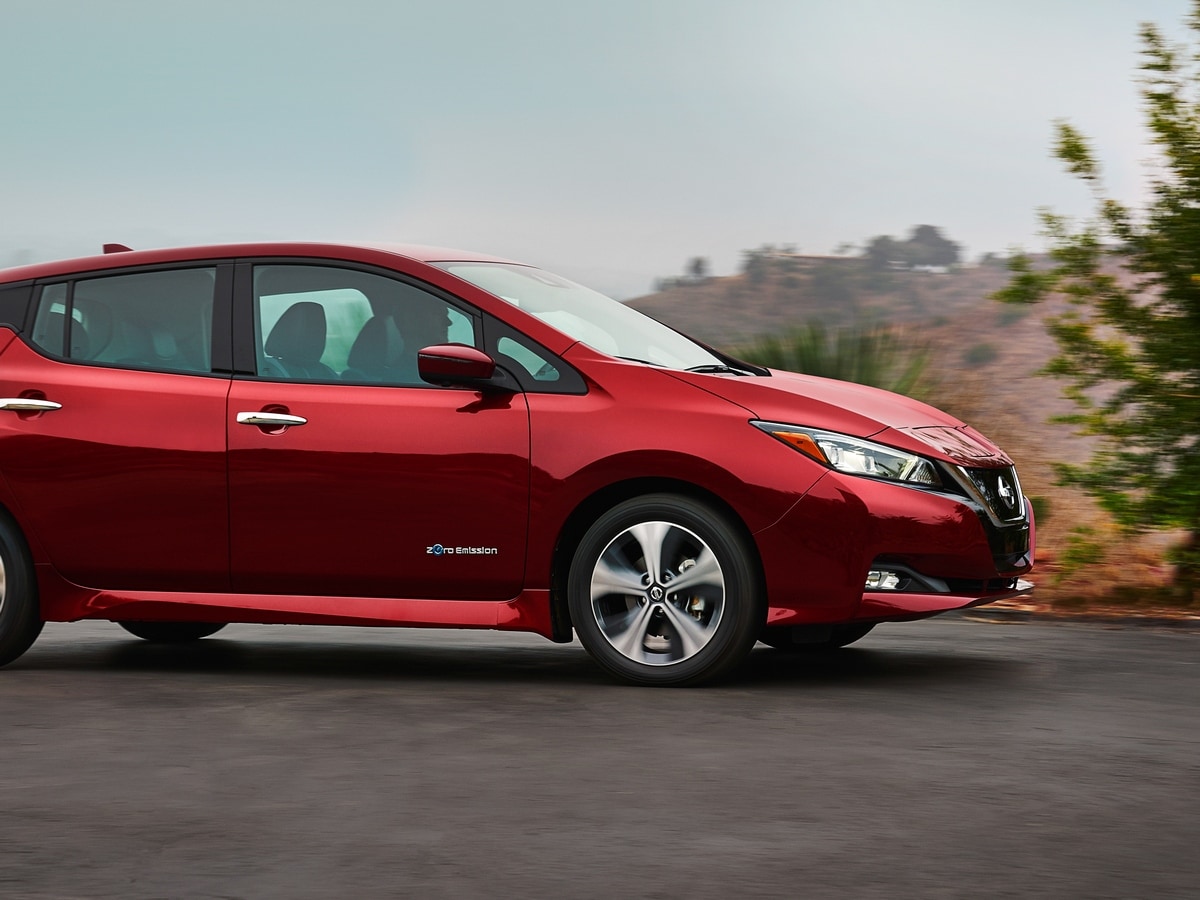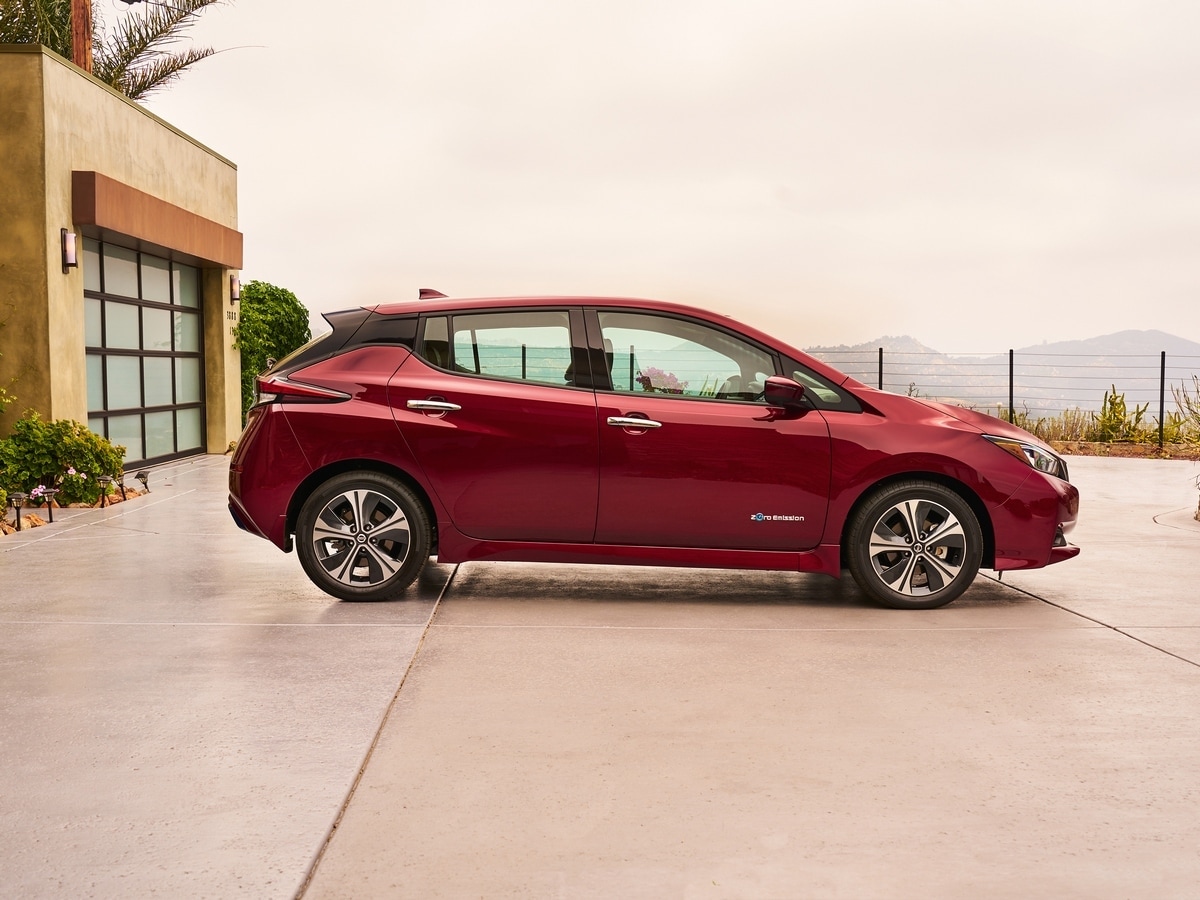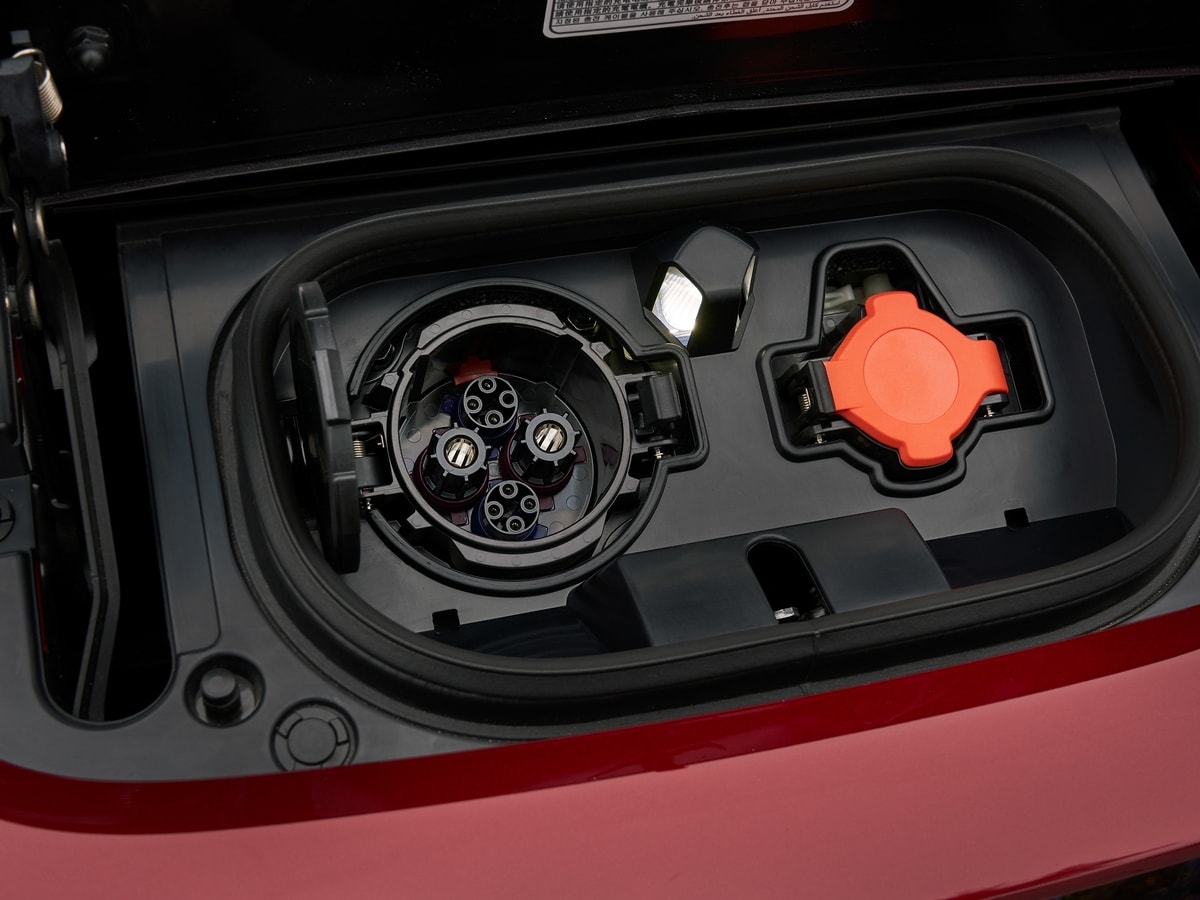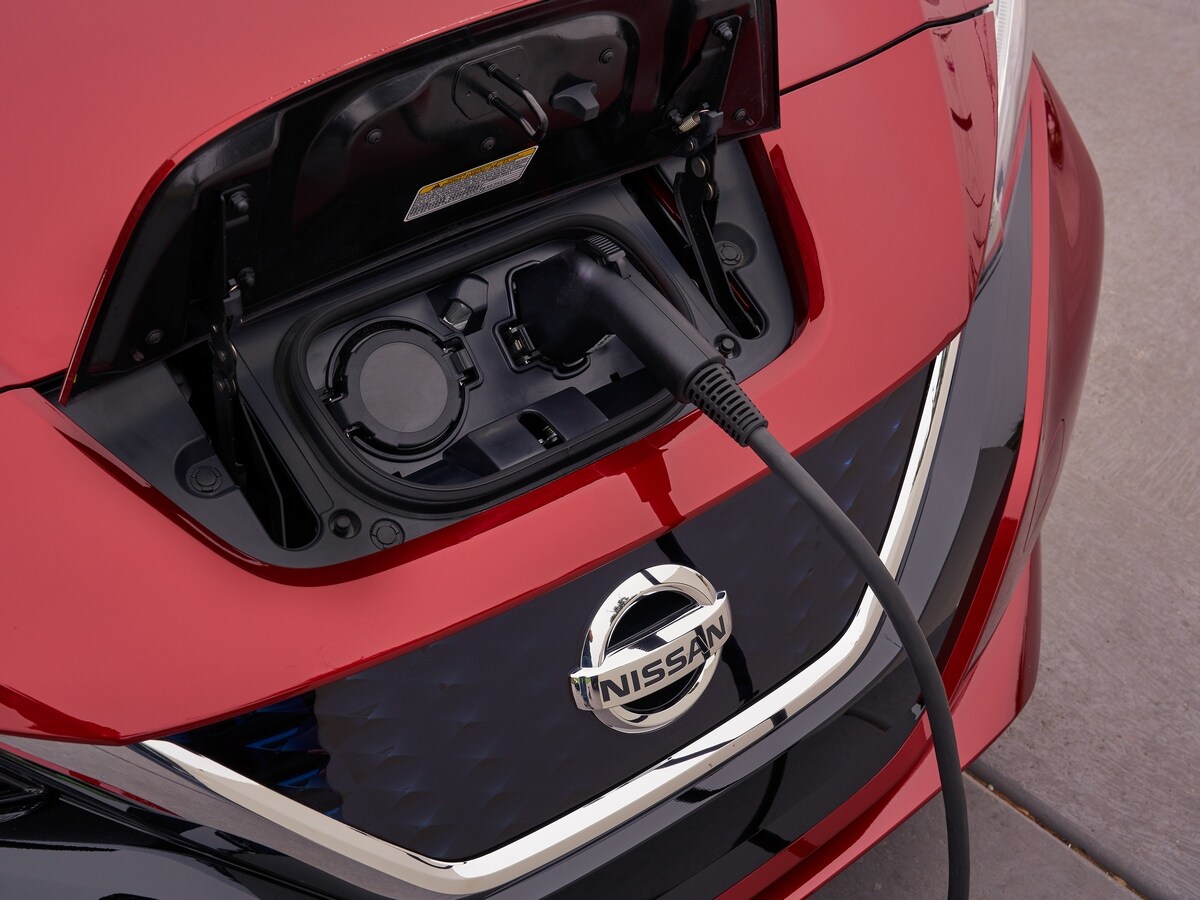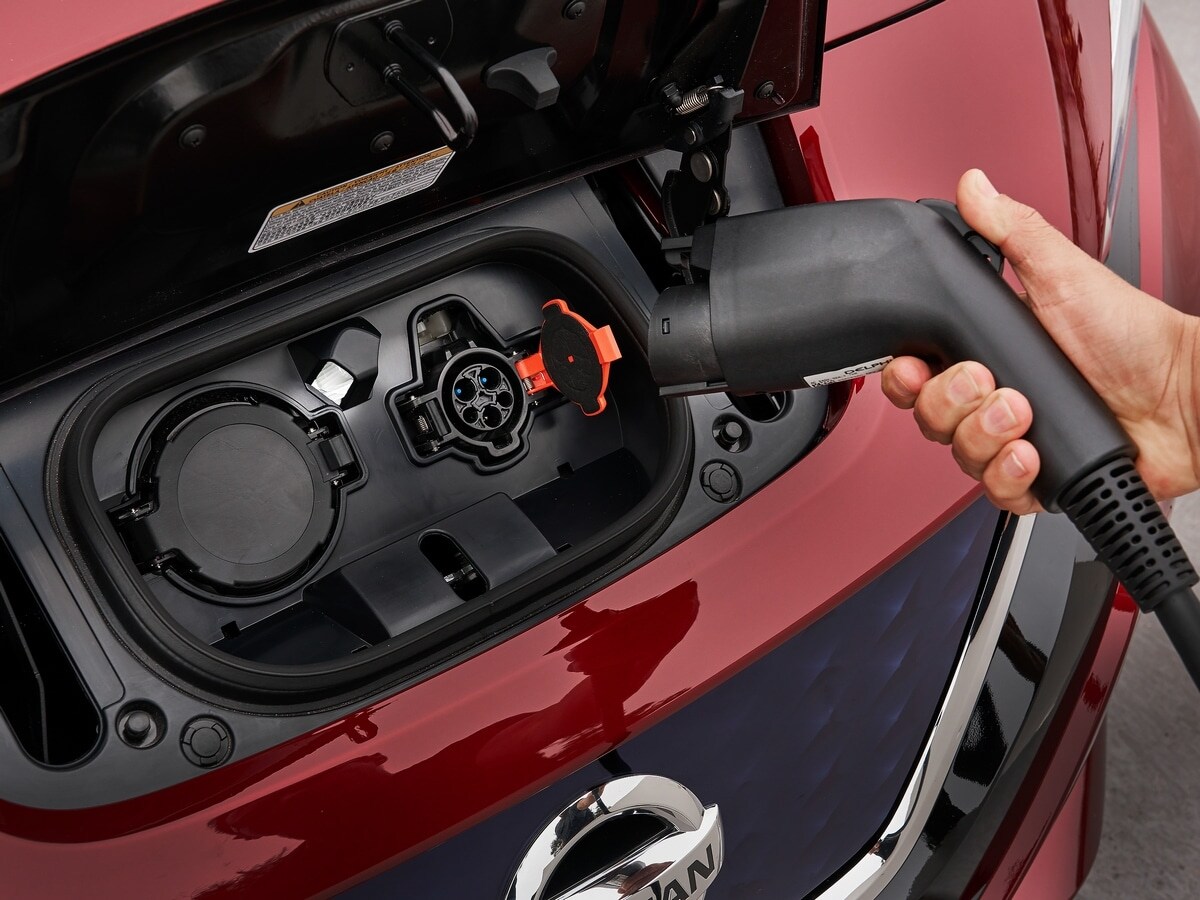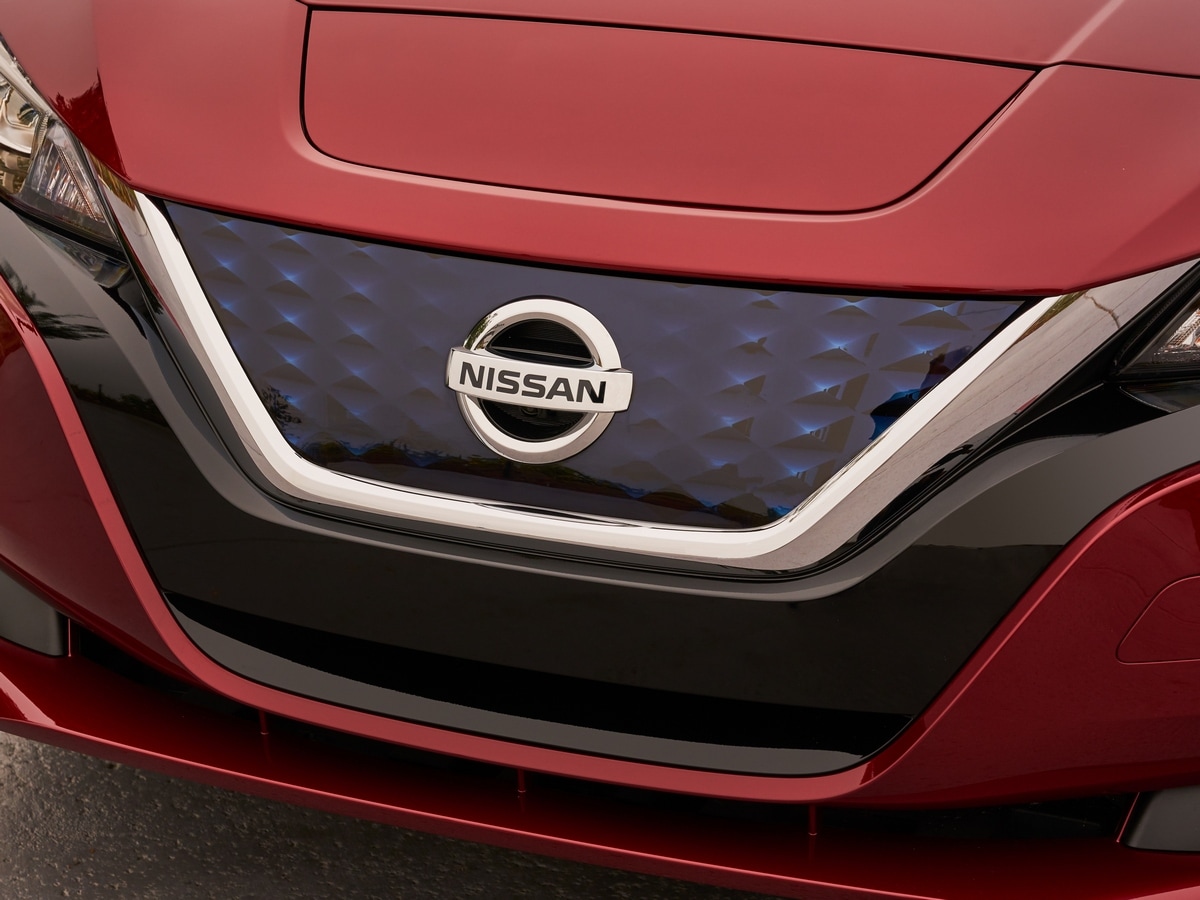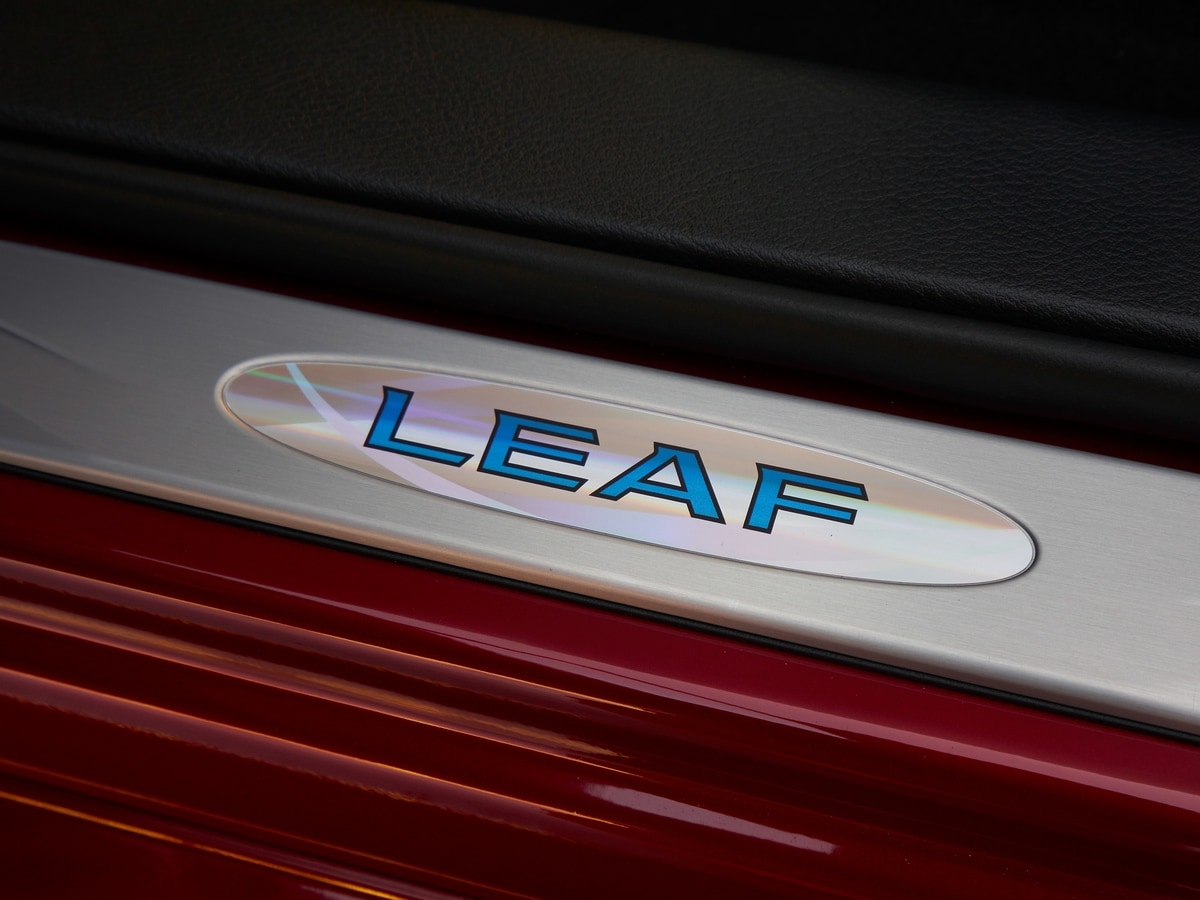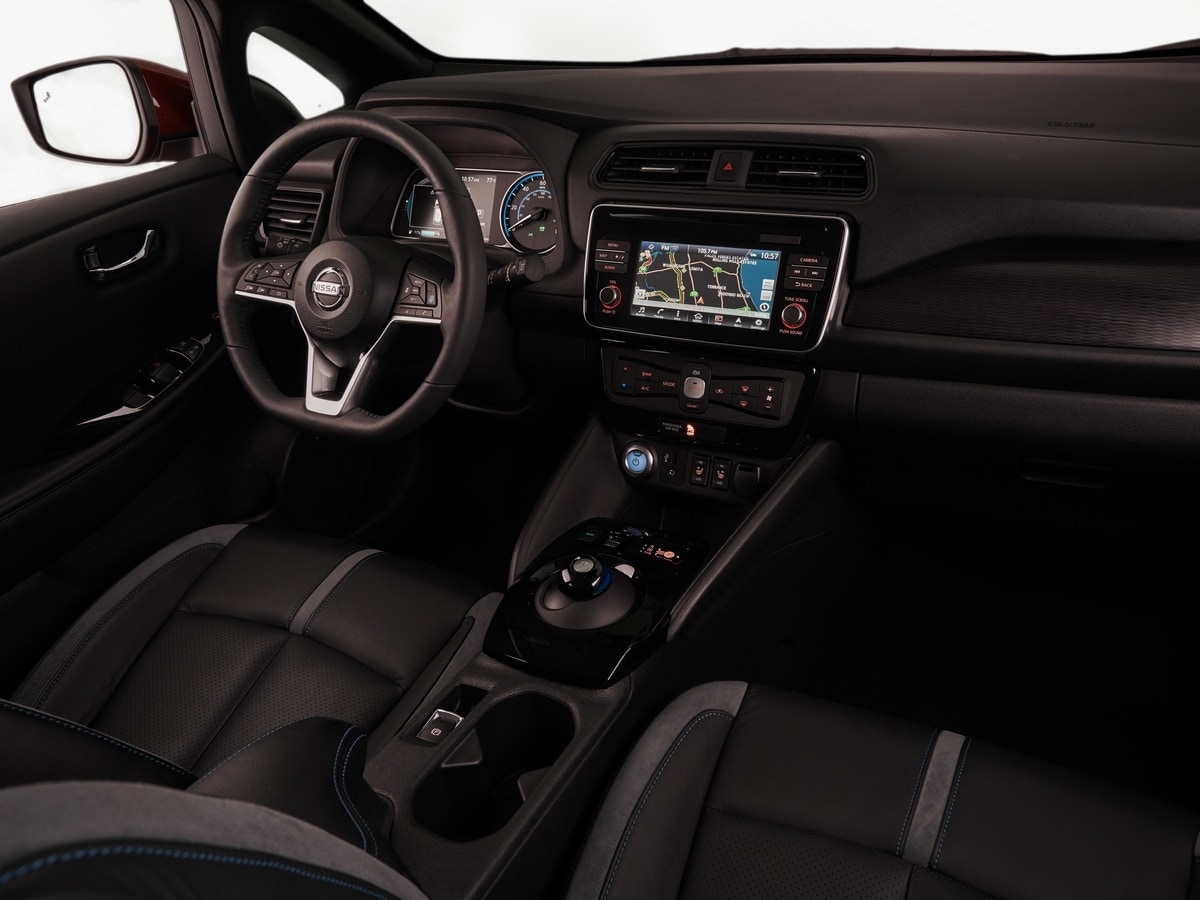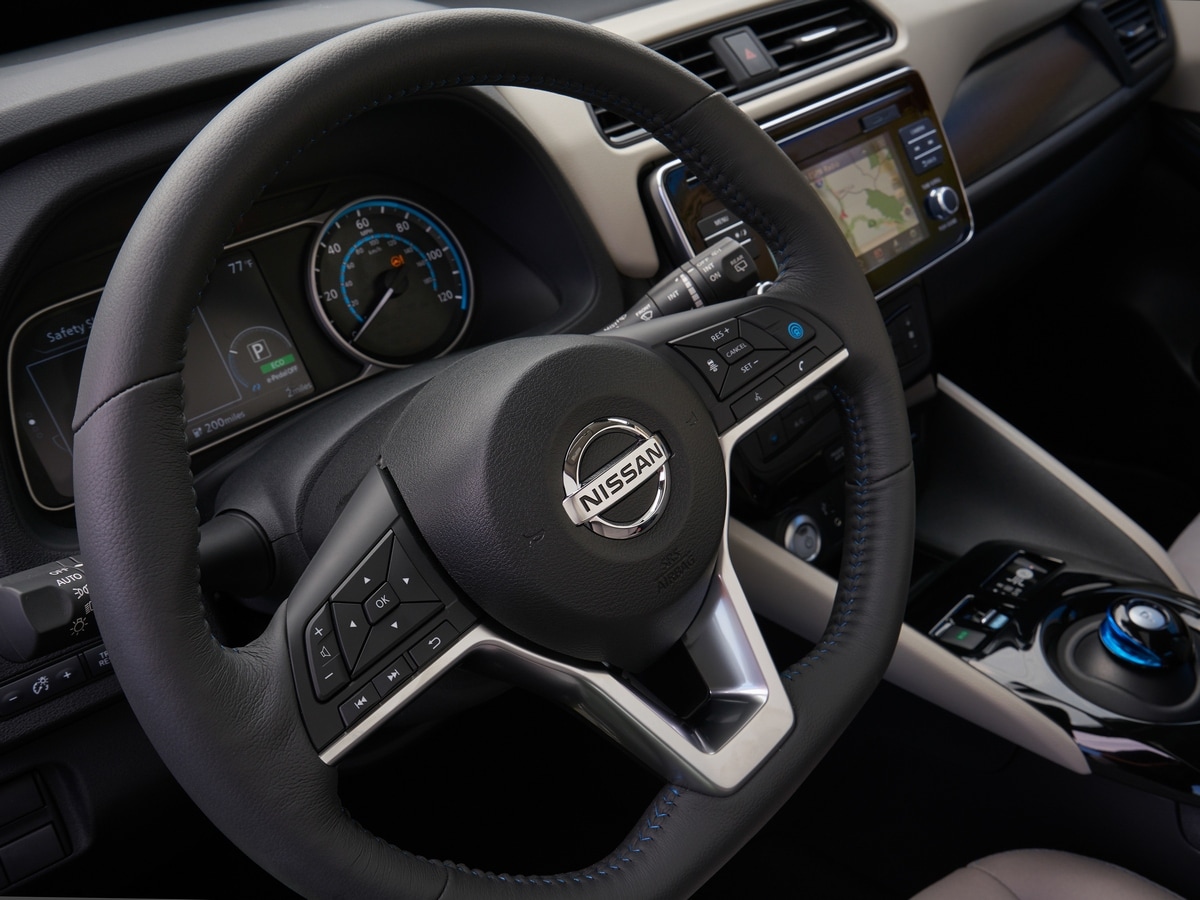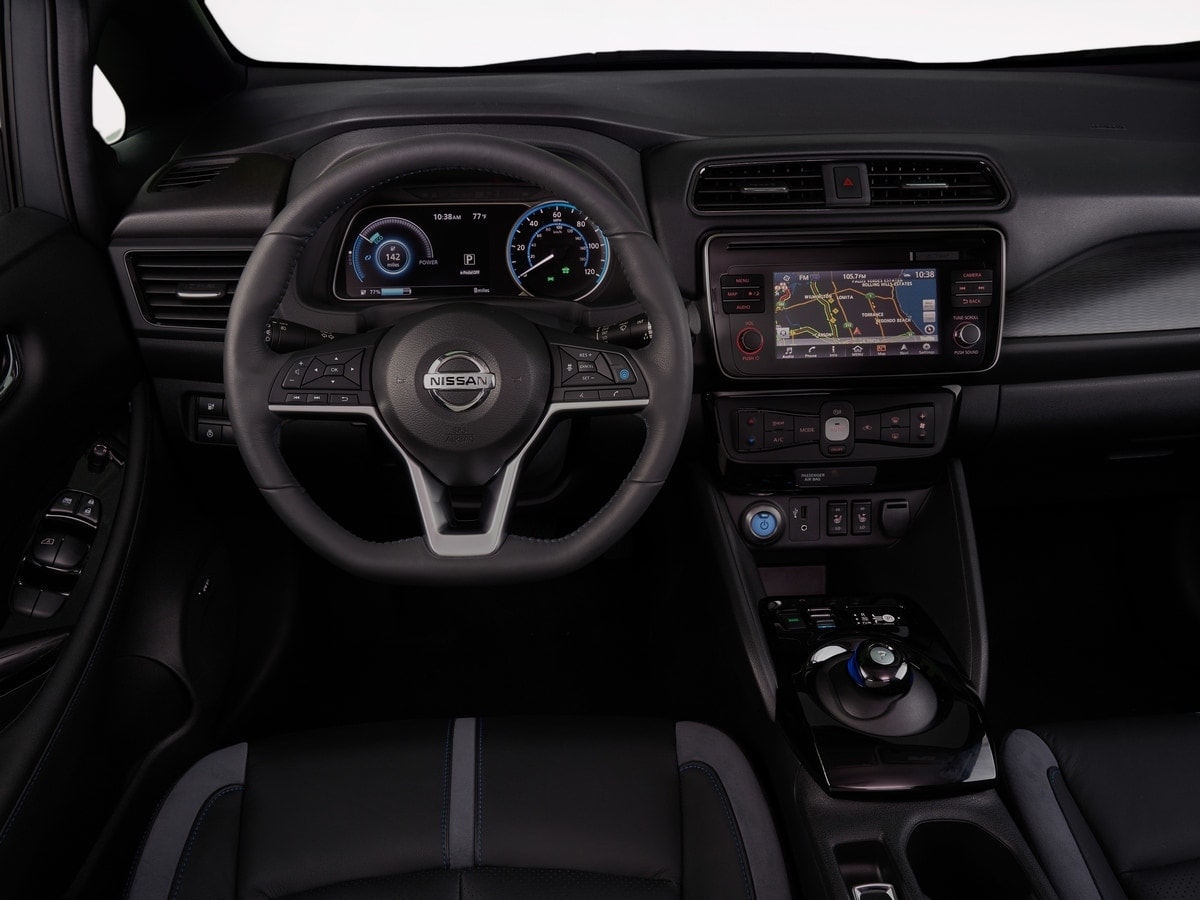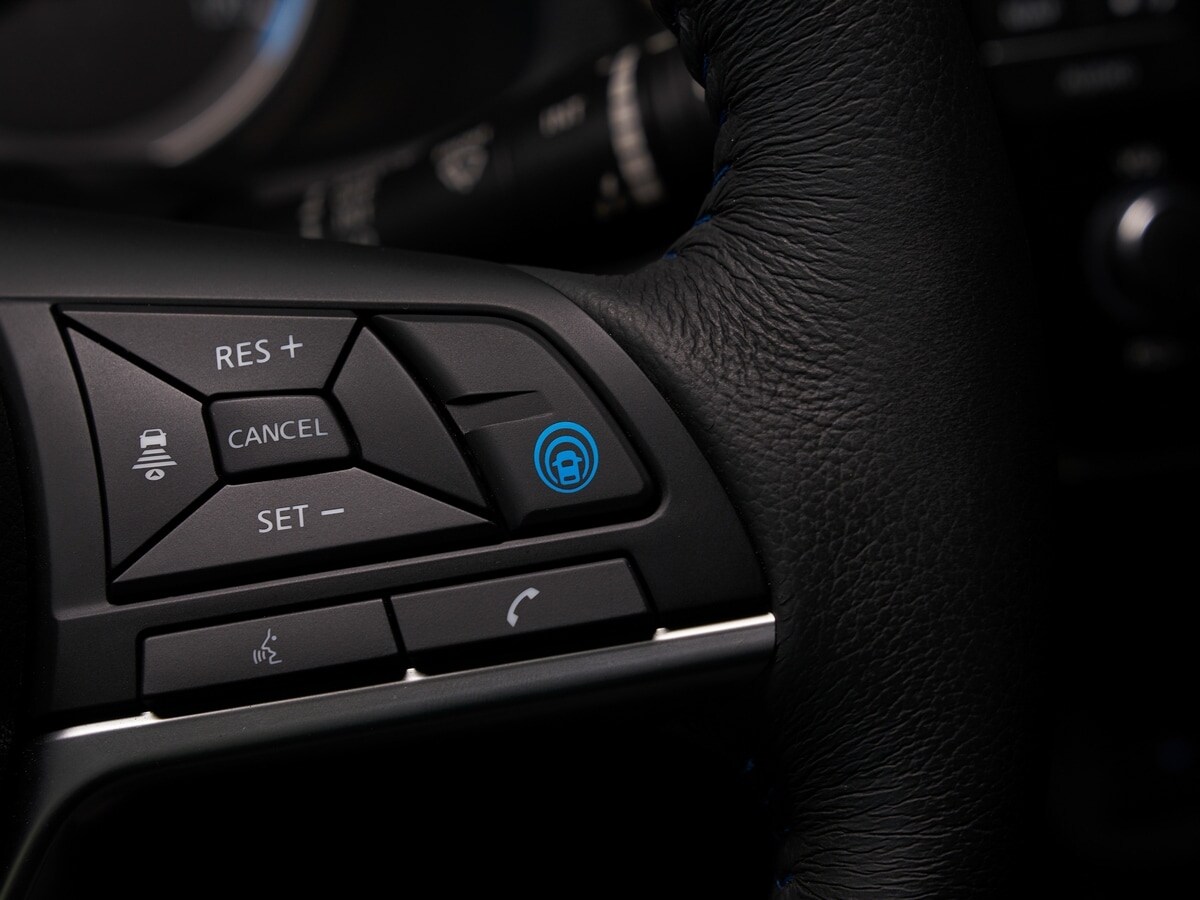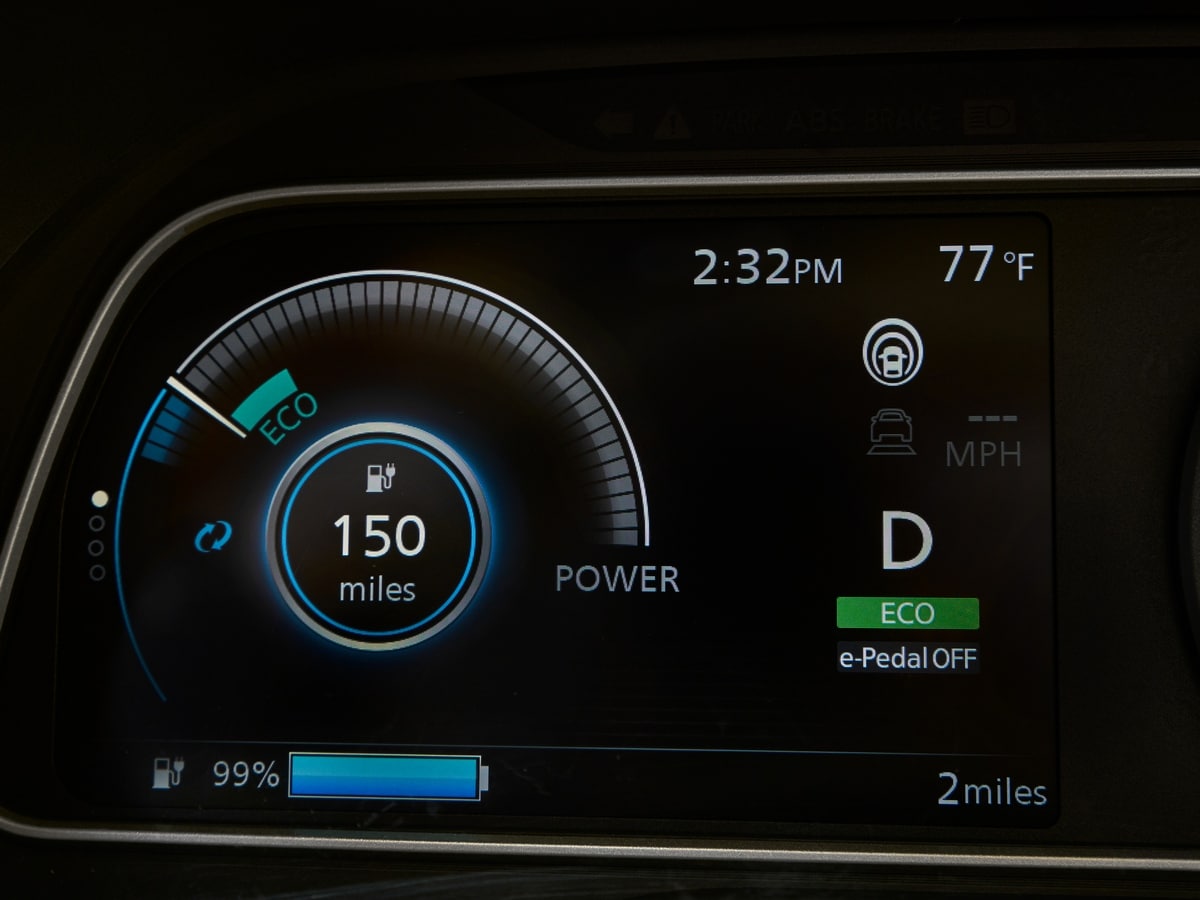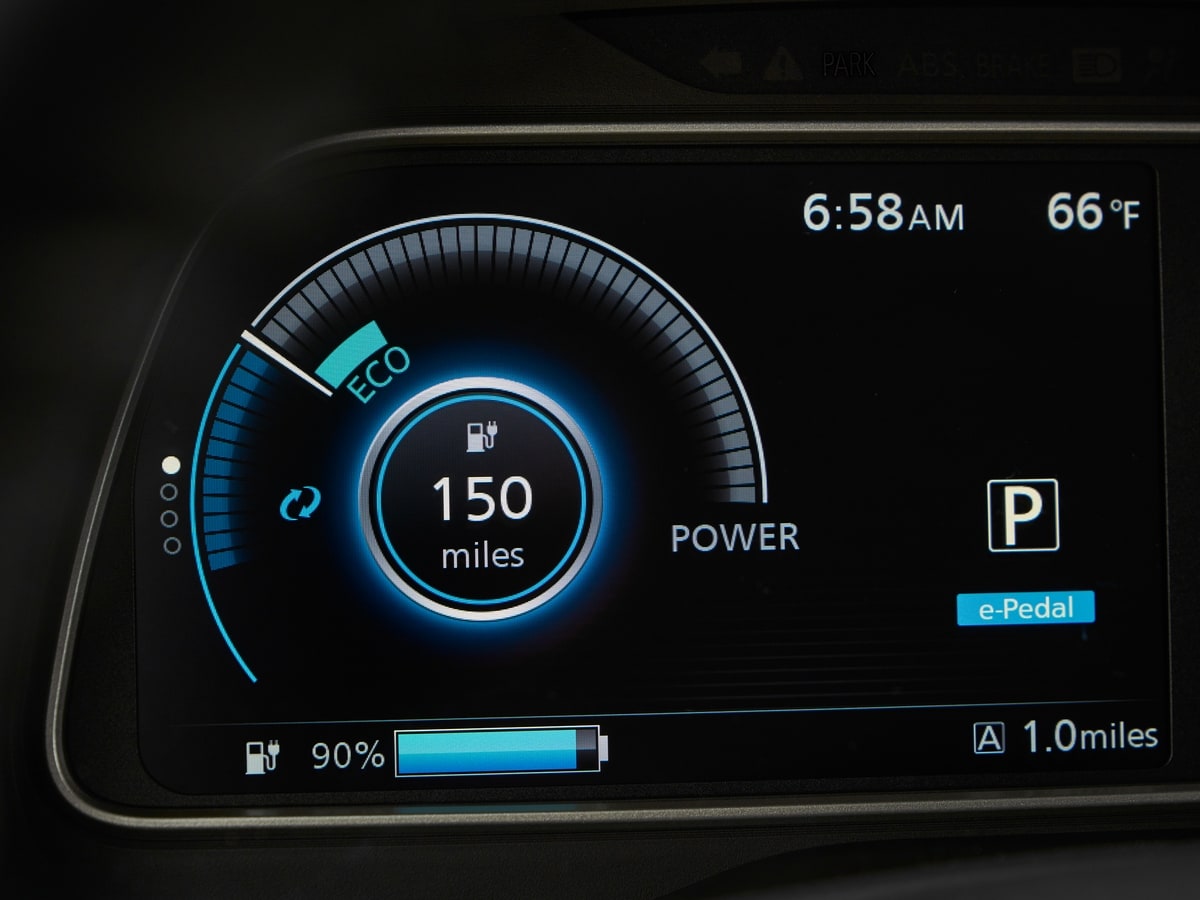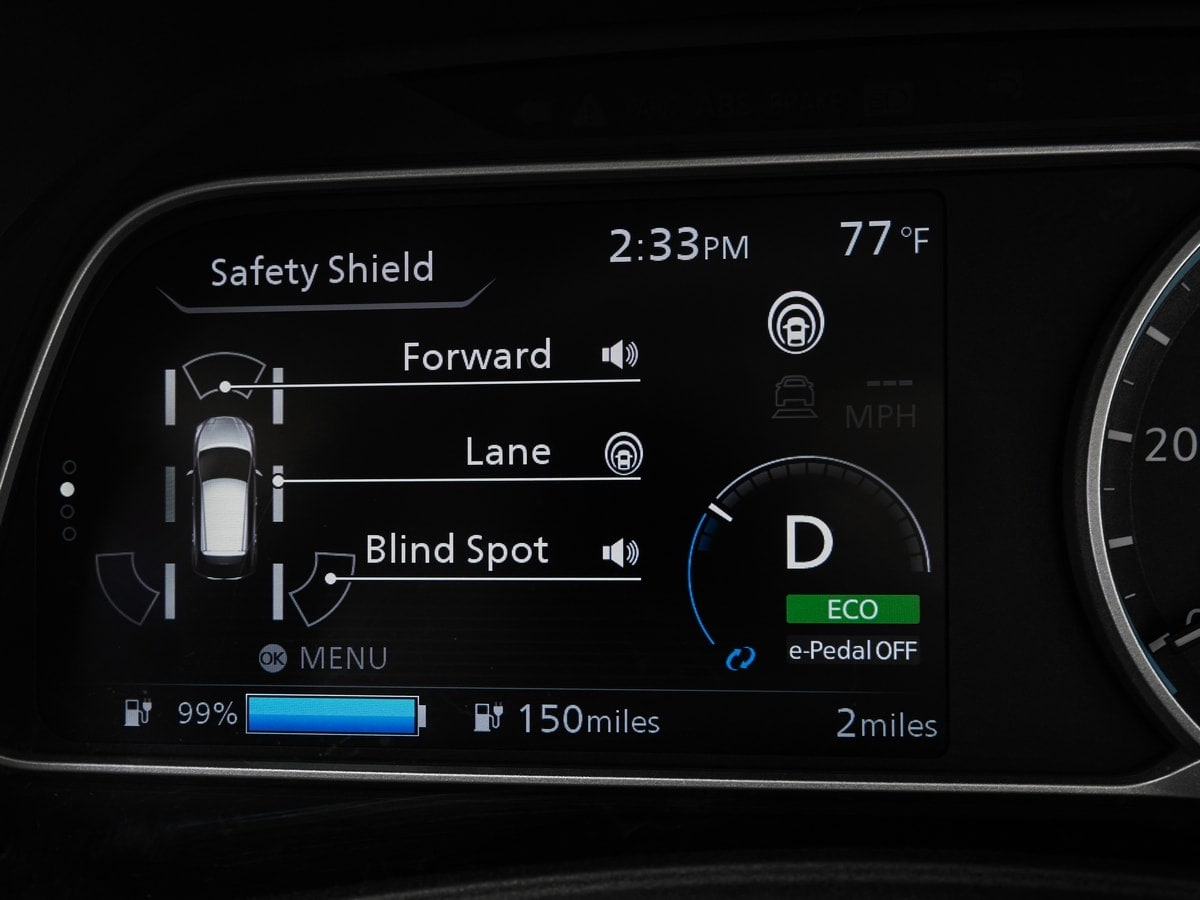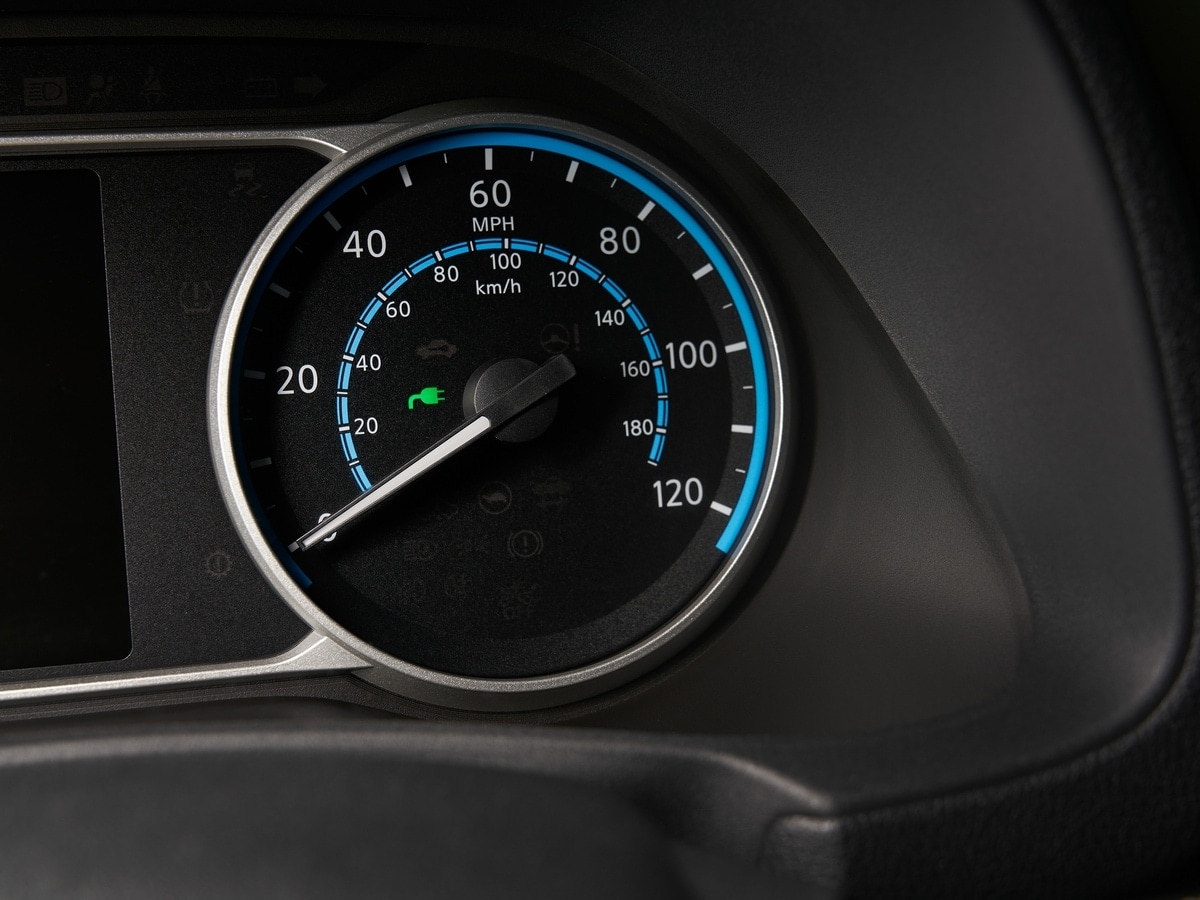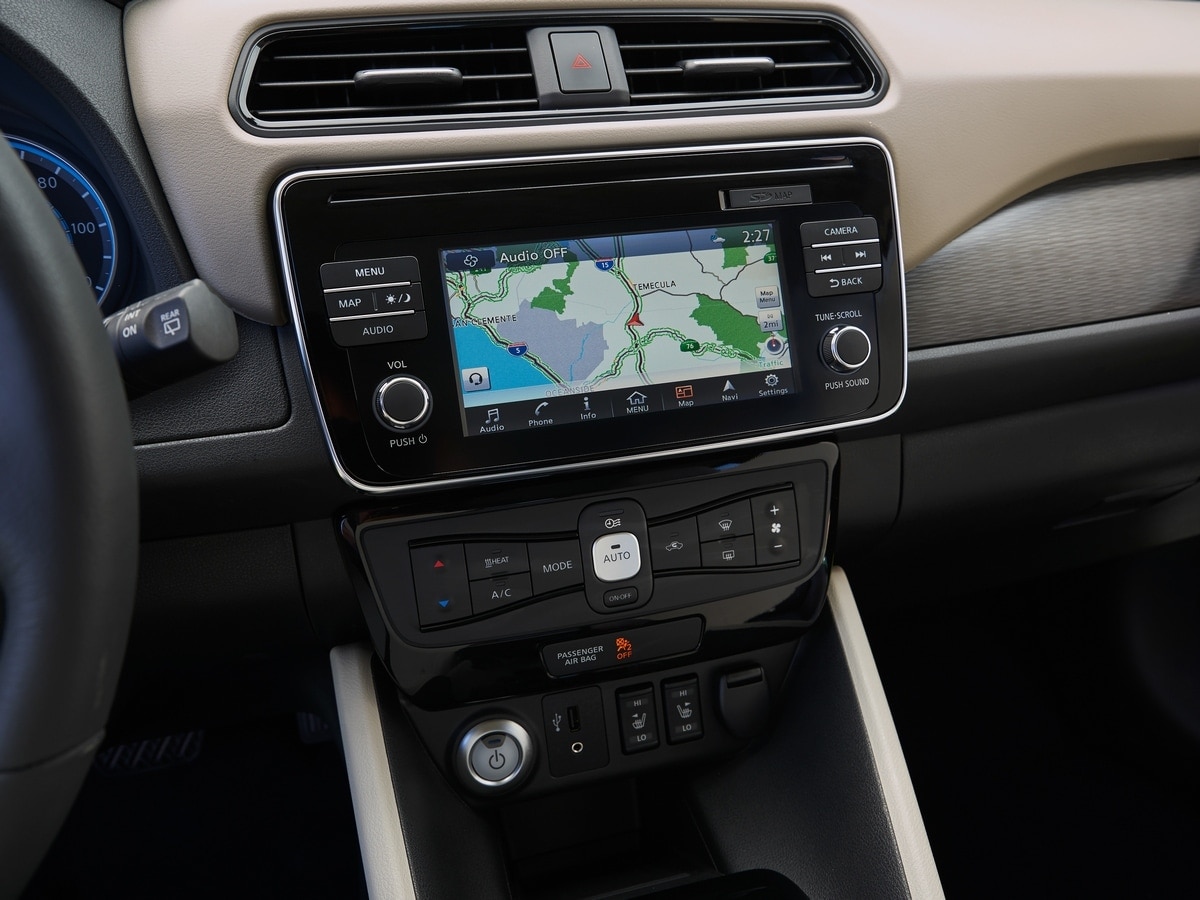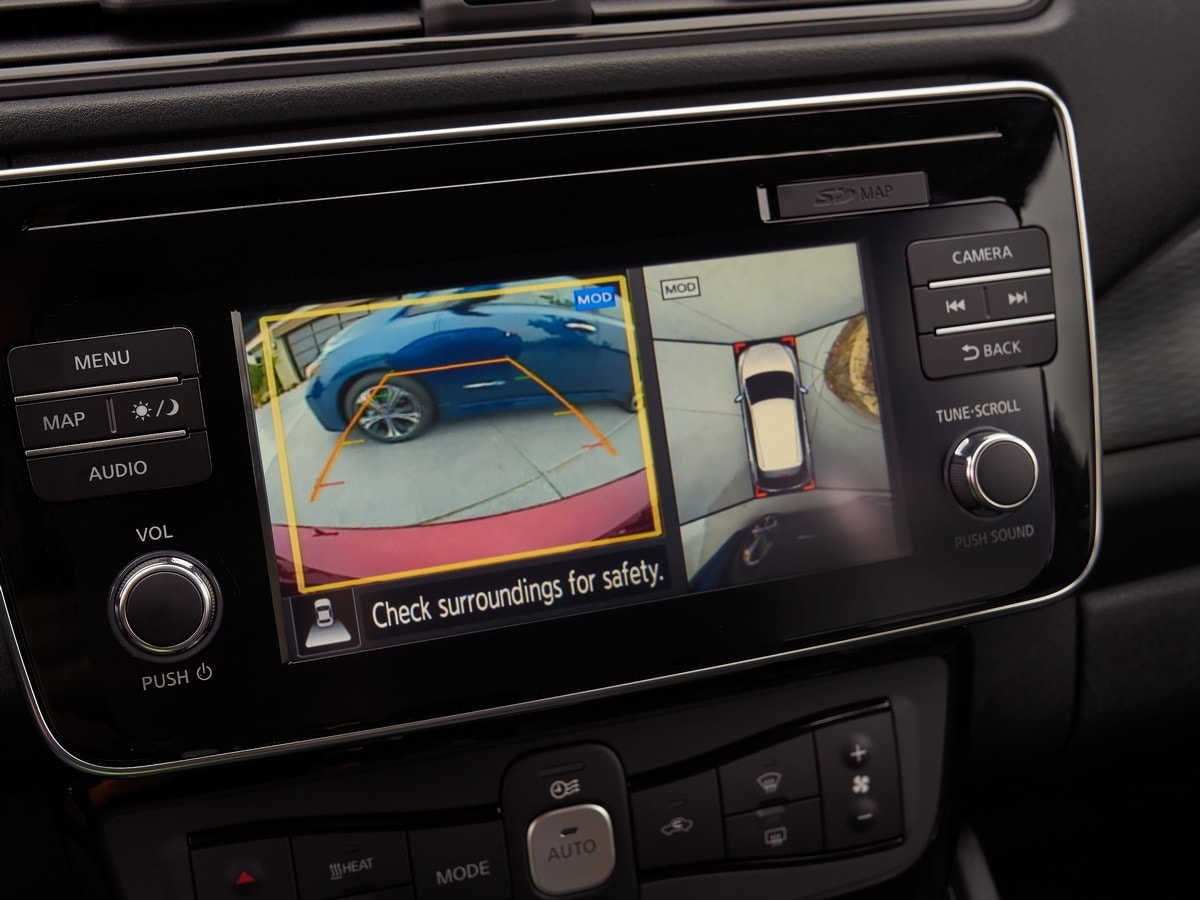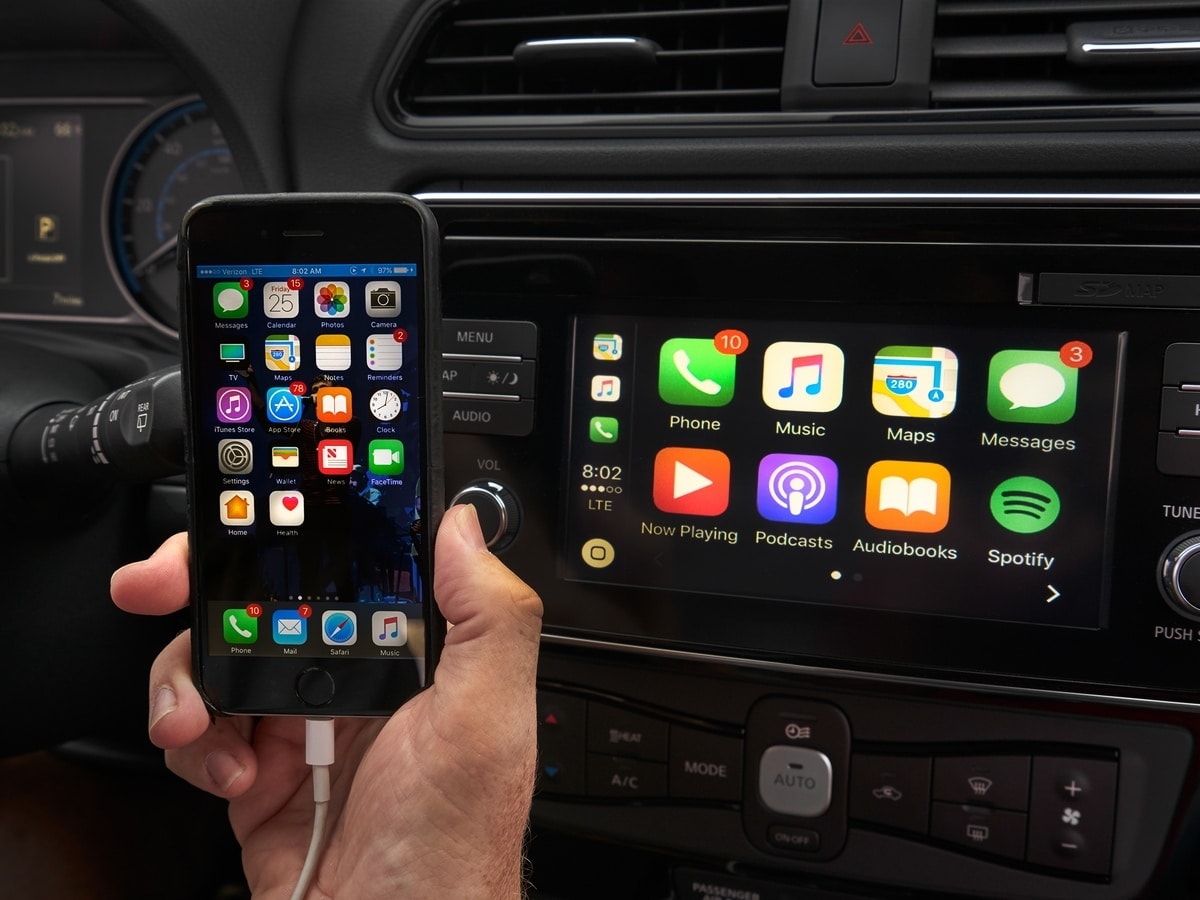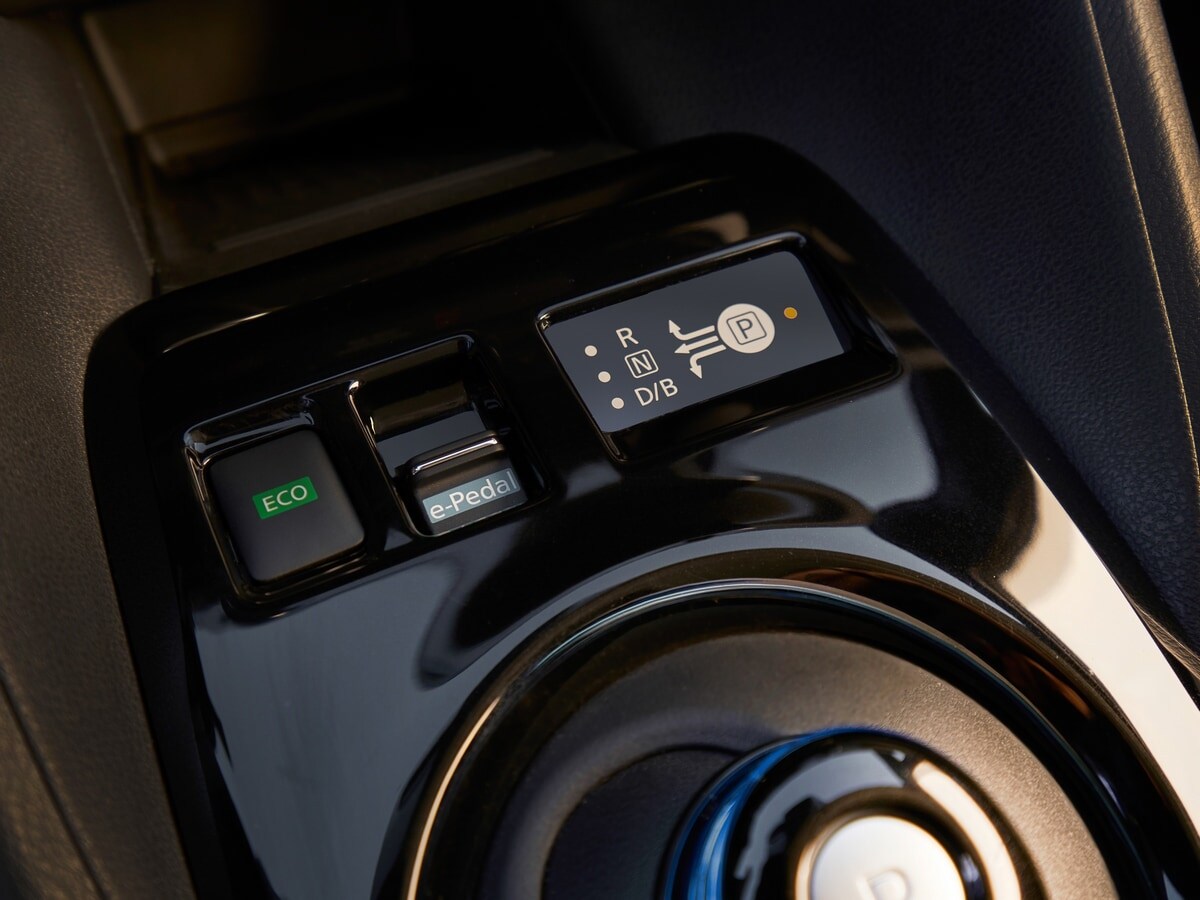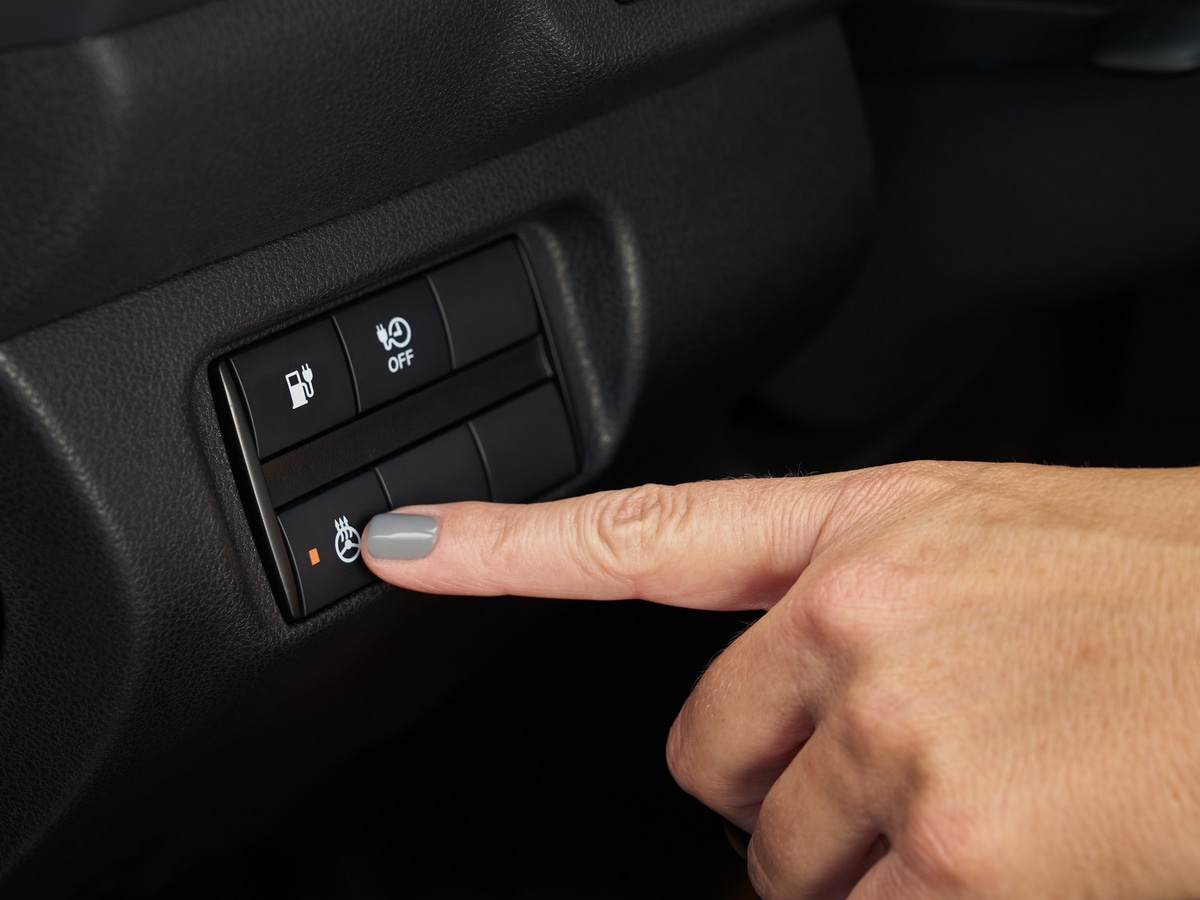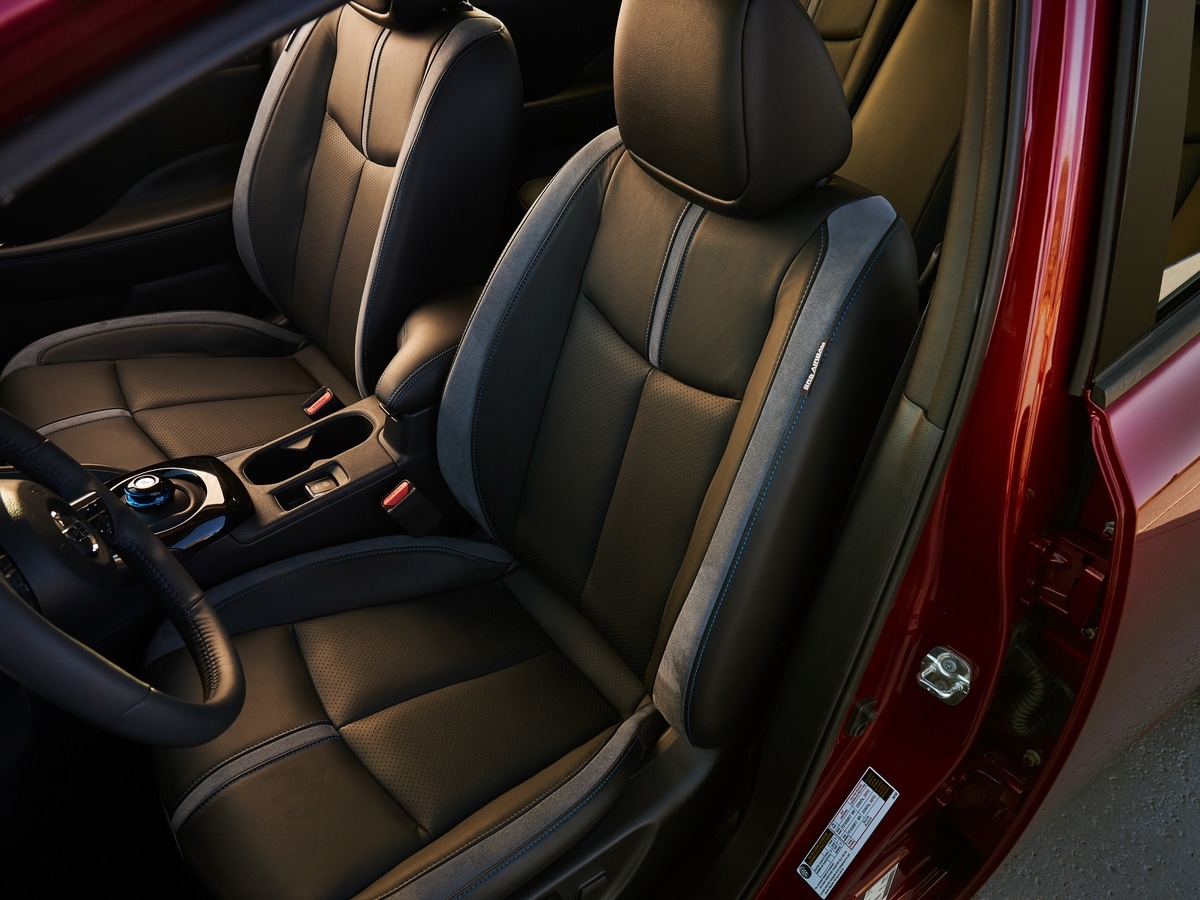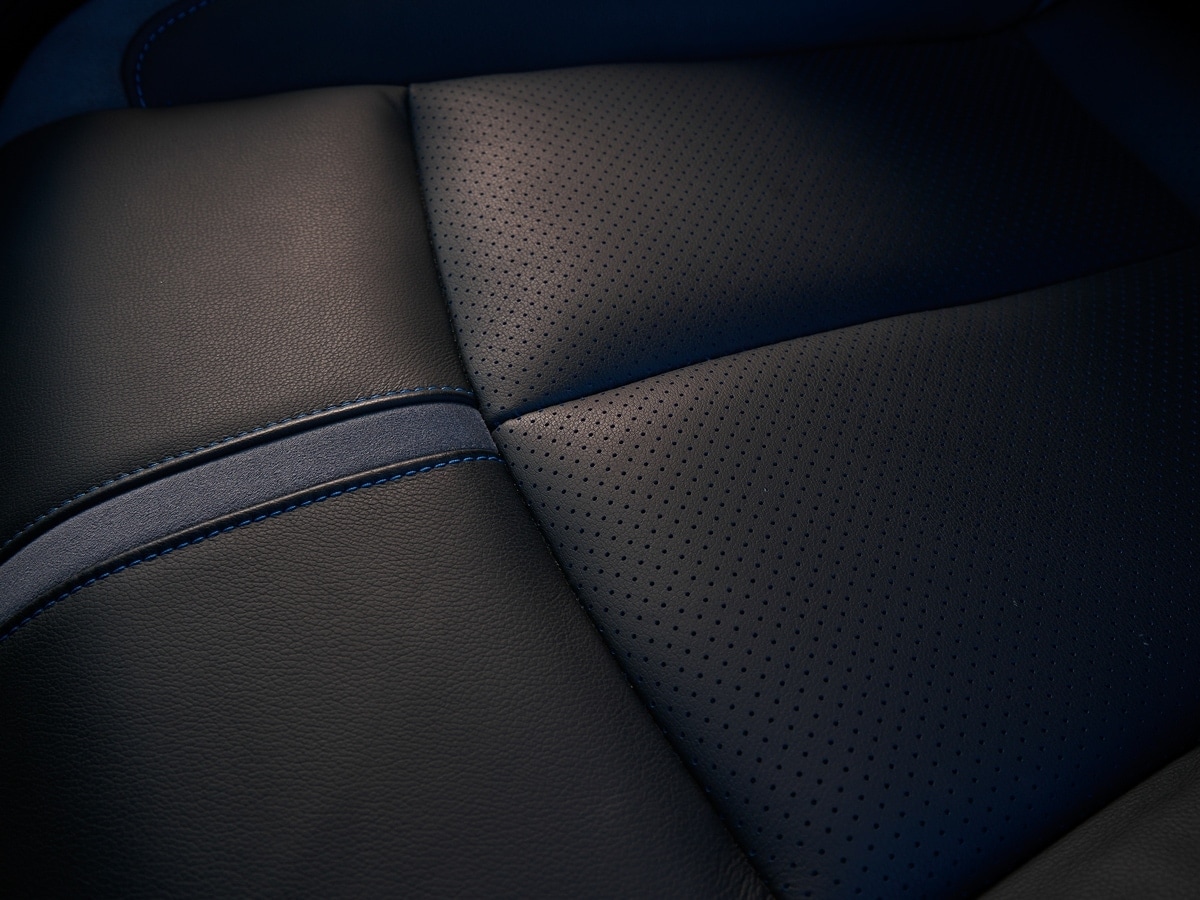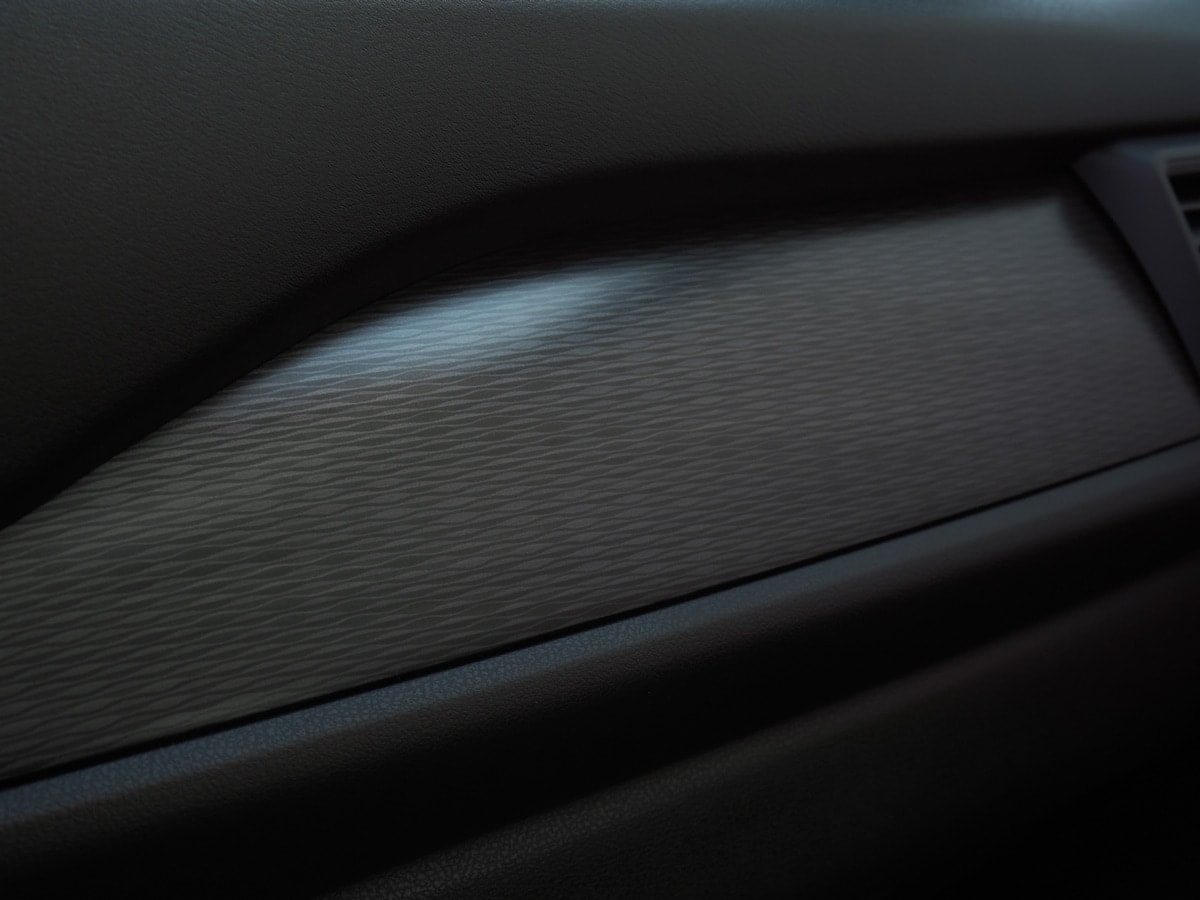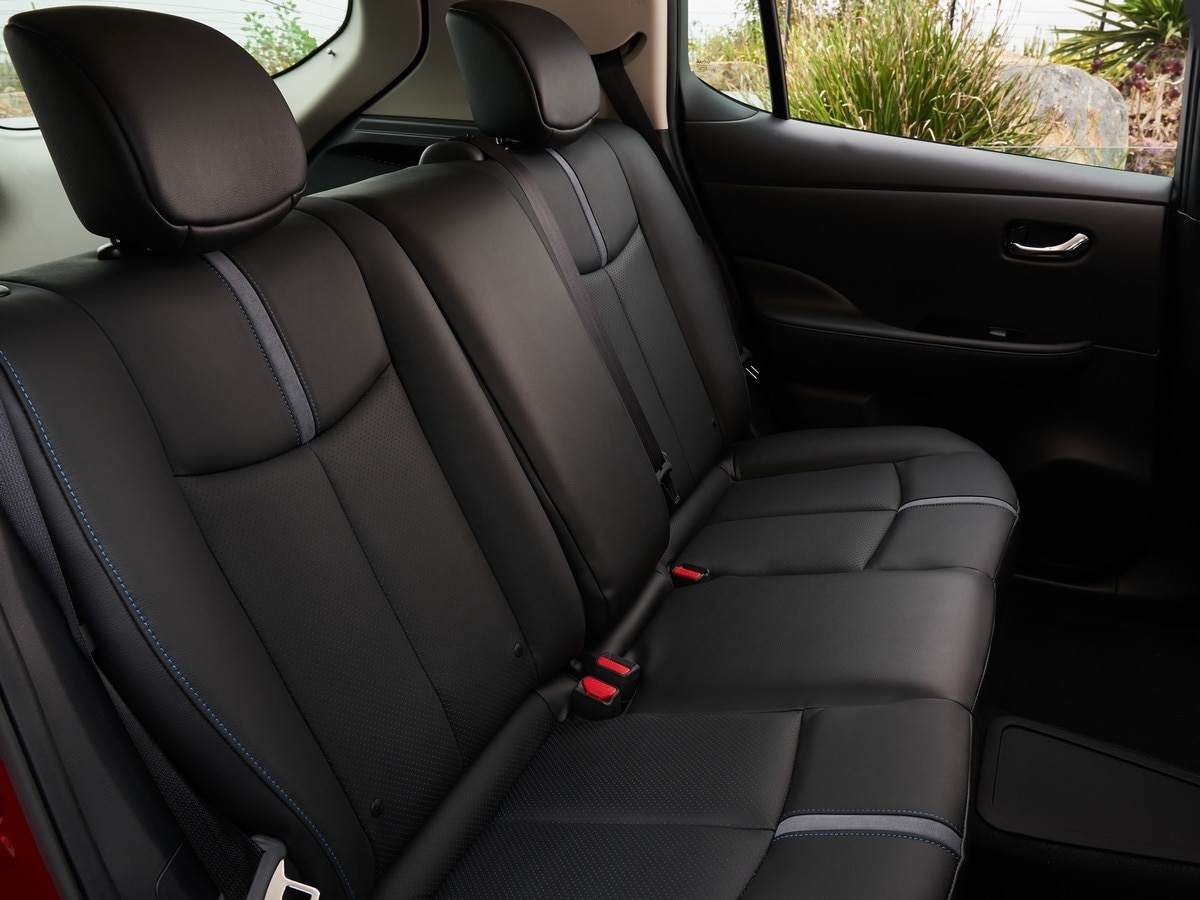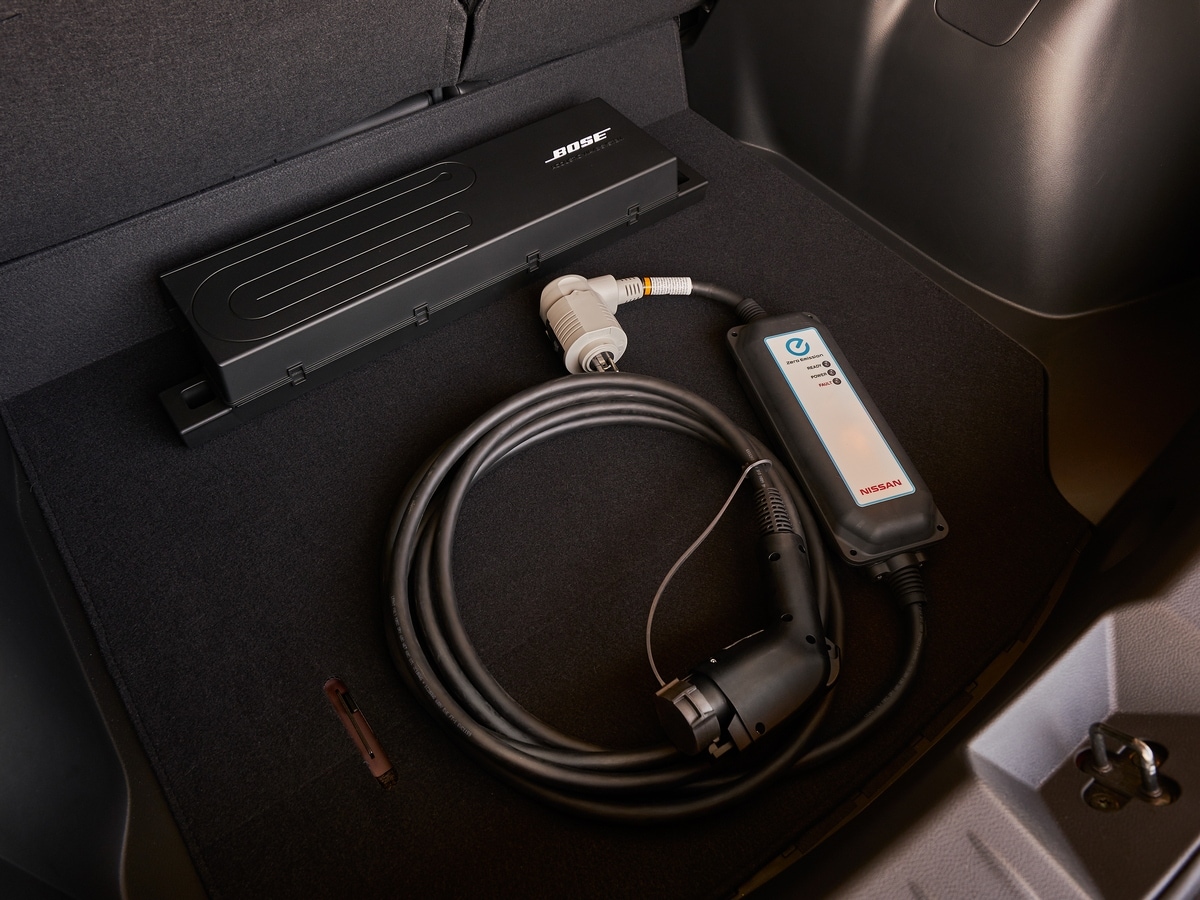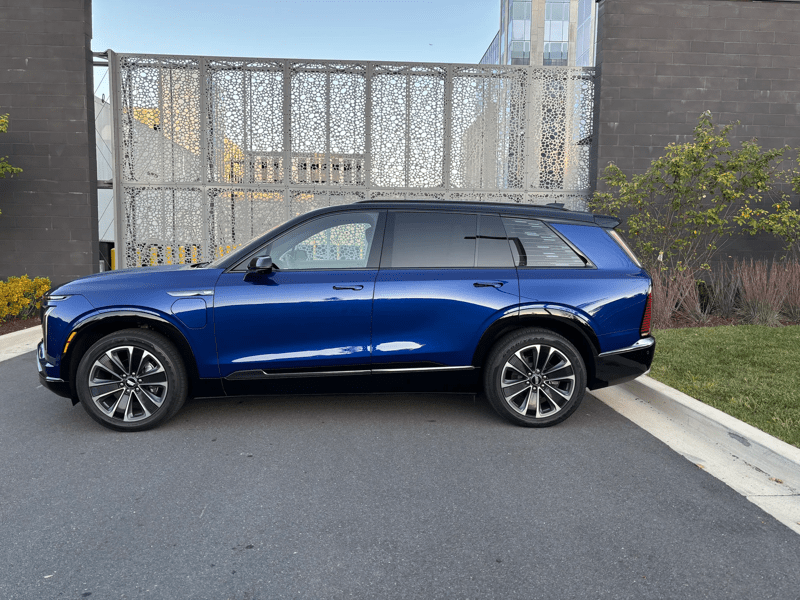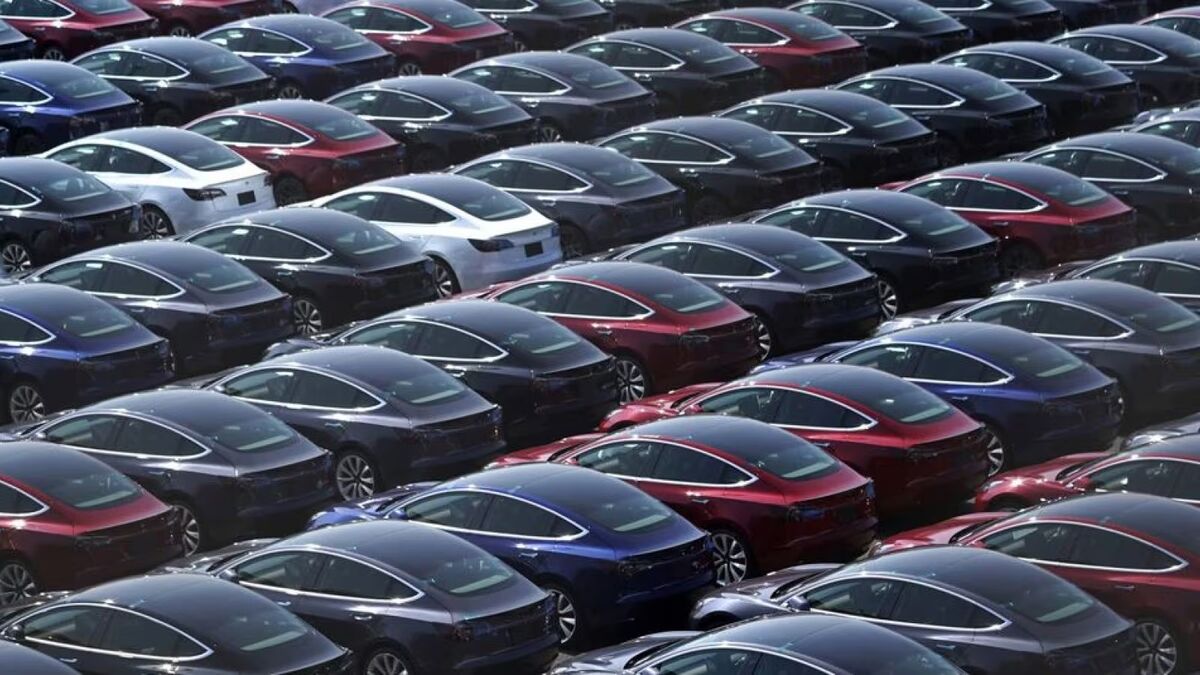The long-awaited 2018 Nissan Leaf has finally been introduced, and what it lacks in range it hopes to make up for in advanced tech and competitive pricing. The new Leaf can go 150 miles between charges and offers 147 horsepower and 236 lb-ft of torque from its new e-powertrain. Energy is stored in a 40 kWh lithium-ion battery pack.
The advanced technologies touted by Nissan include its ProPILOT driver assist, which uses systems that eventually will lead to autonomous operation, and e-Pedal, an approach that harnesses aggressive regenerative braking to enable one-pedal driving. On price, the 2018 Nissan Leaf will bow at $29,990, significantly less than the Chevrolet Bolt and Tesla Model 3, and $690 less than the outgoing 2017 Leaf. Coupled with the $7,500 federal tax credit and local incentives, the Leaf will be effectively priced at around $20,000.
“The new Nissan Leaf drives Nissan Intelligent Mobility, which is the core brand strategy for Nissan’s future,” said Hiroto Saikawa, president and CEO of Nissan. “The new Nissan Leaf, with its improved autonomy range, combined with the evolution of autonomous drive technology, such as ProPILOT Assist and simple operation of the e-Pedal, strengthens Nissan’s EV leadership, as well as the expansion of EVs globally. It also has the core competency of future Nissan models.”
New look
Responding to criticism that the original Leaf was odd-looking, Nissan took a more conventional approach to the redesign with a low, sleek profile that gives it an aerodynamic look. The new Leaf incorporates design cues from the rest of the Nissan line, employing boomerang-shaped headlamps and the V-Motion chrome signature that frames grilles on conventional models. Instead of an opening, the Leaf has a flush-surface insert in clear blue and the blue-molding on the rear bumper signals the fact that the Leaf is an EV.
The cabin has also been redesigned to focus on the driver, with a front panel that forms a gliding wing. Attention has been paid to the materials to give the interior a relaxed and premium feel. Blue stitching in the seats and on the instrument panel and steering wheel again echo the EV signaling of the exterior accents. A 7-inch TFT full-color display is redesigned and uses new graphics to ease comprehension of critical data. Apple CarPlay and Android Auto compatibility have also been added as standard equipment on all but the Leaf S base model.
Ease of operation
Nissan touts its ProPILOT Assist as a way of taking the stress out of steady state single lane driving by employing automatic adaptive cruise control, lane keeping and braking to reduce the driver’s workload. It still is a hands-on system, but previews future technologies that will lead to autonomous operation. You can read more about ProPILOT Assist here.
In the same mode, the e-Pedal employs technology that allows the driver to start, accelerate, decelerate and stop by increasing or decreasing the pressure applied to the accelerator for true one-pedal operation. When the accelerator is released, both regenerative braking and conventional friction brakes will bring the car to a complete stop and will hold its position, even on a hill, until the accelerator is depressed again. Still, all Leafs are also equipped with a traditional brake pedal.
While the boost in range by nearly 50 percent to 150 miles from the previous 107 is significant, Nissan is promising a longer-range (and more expensive) Leaf by 2019.
More New and Redesigned Cars for 2018
